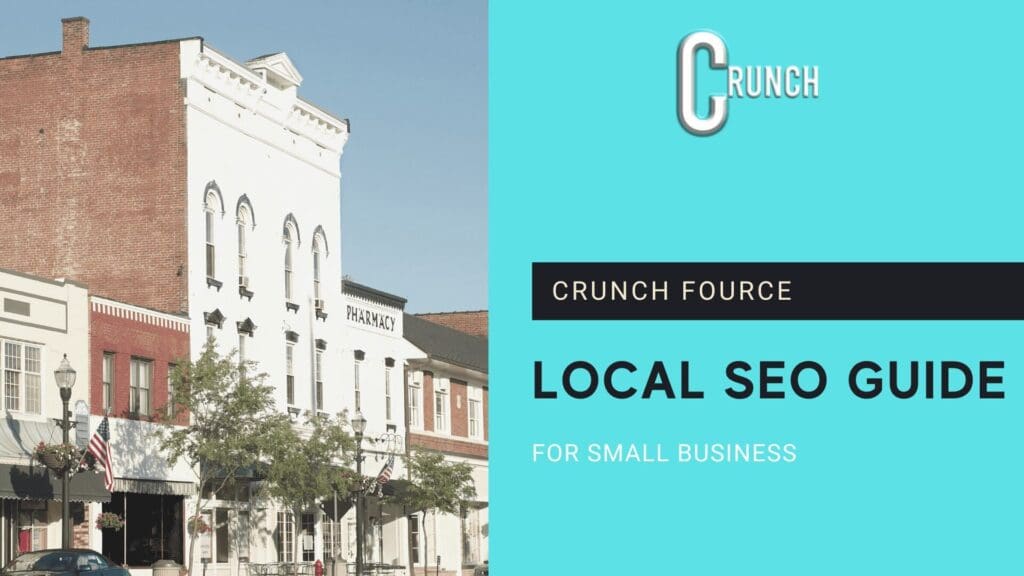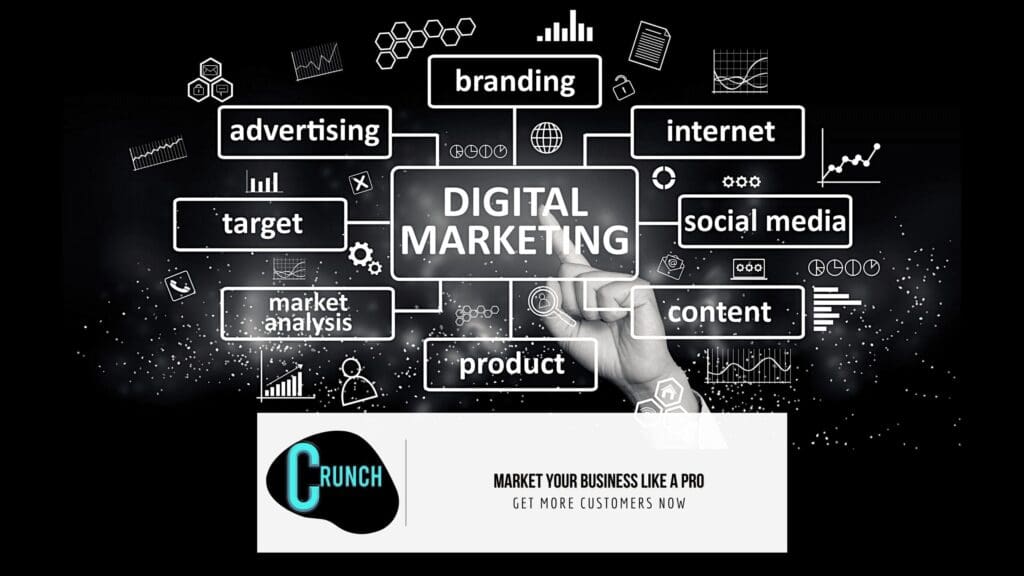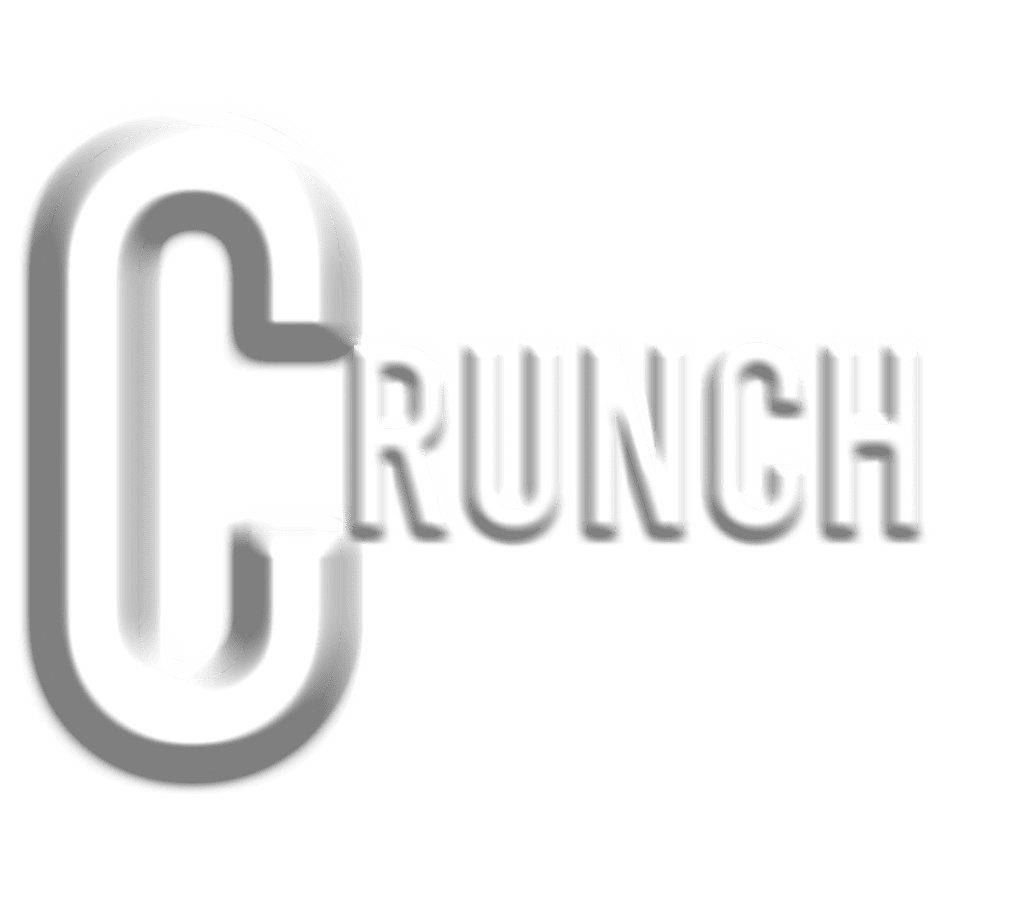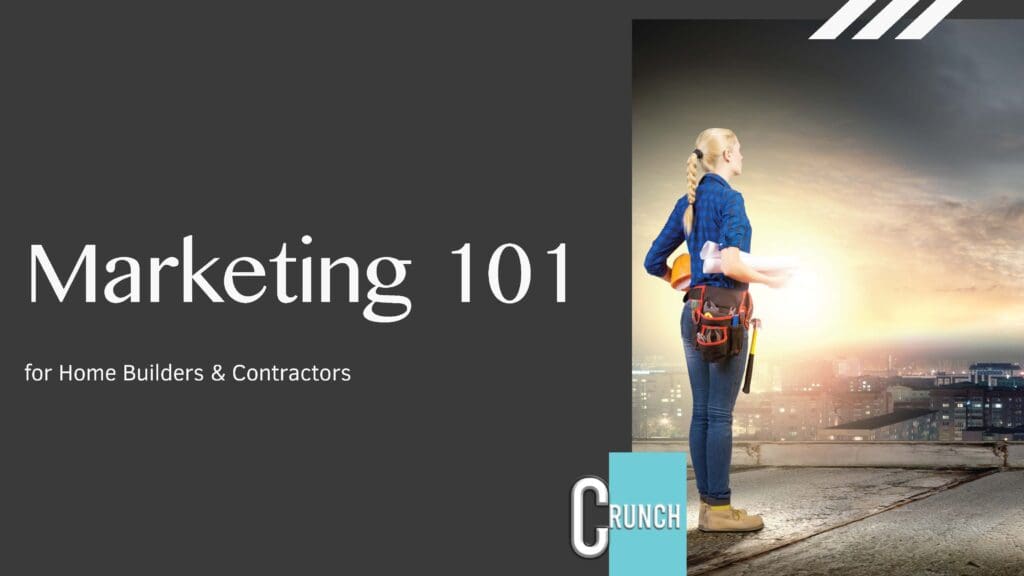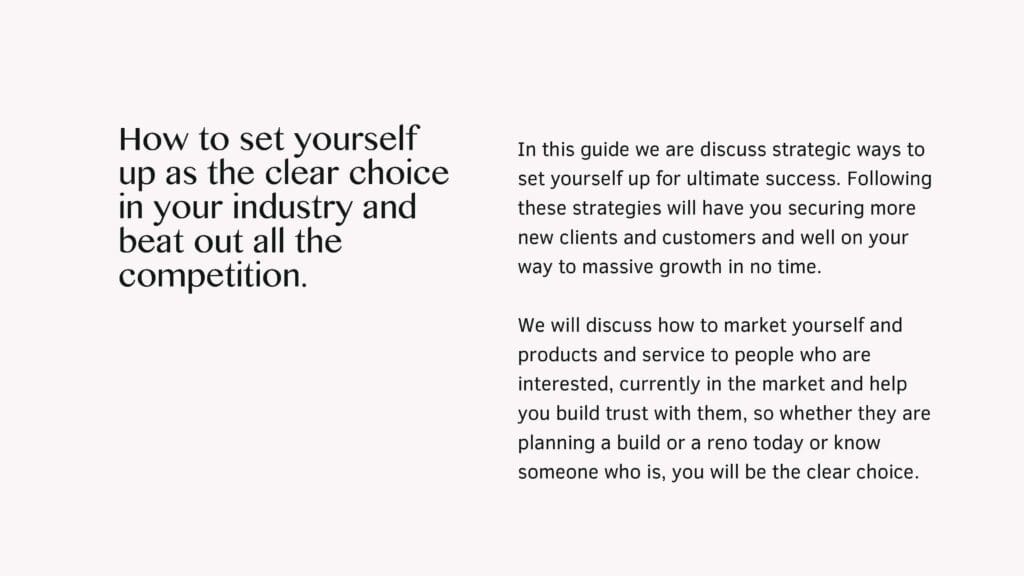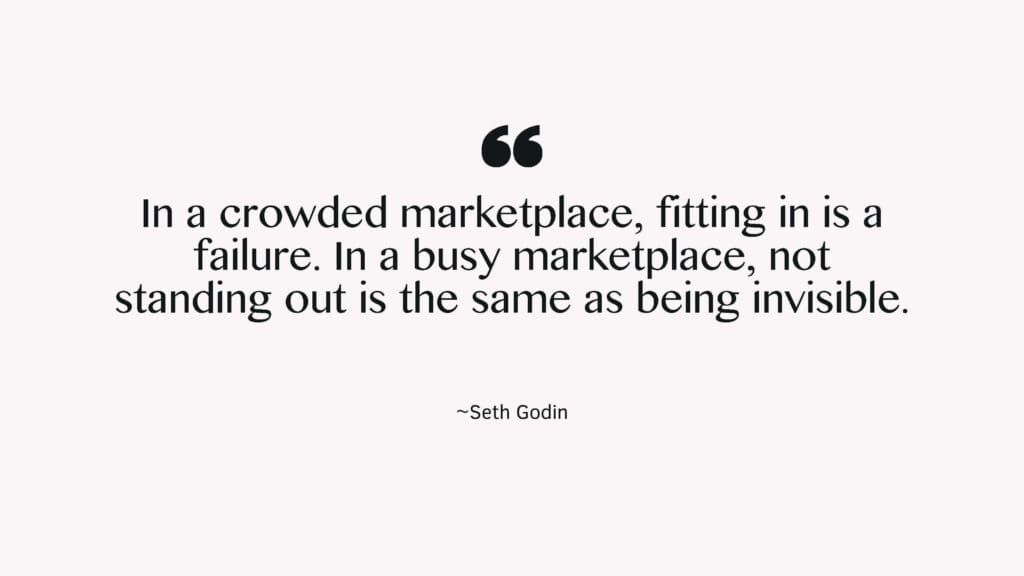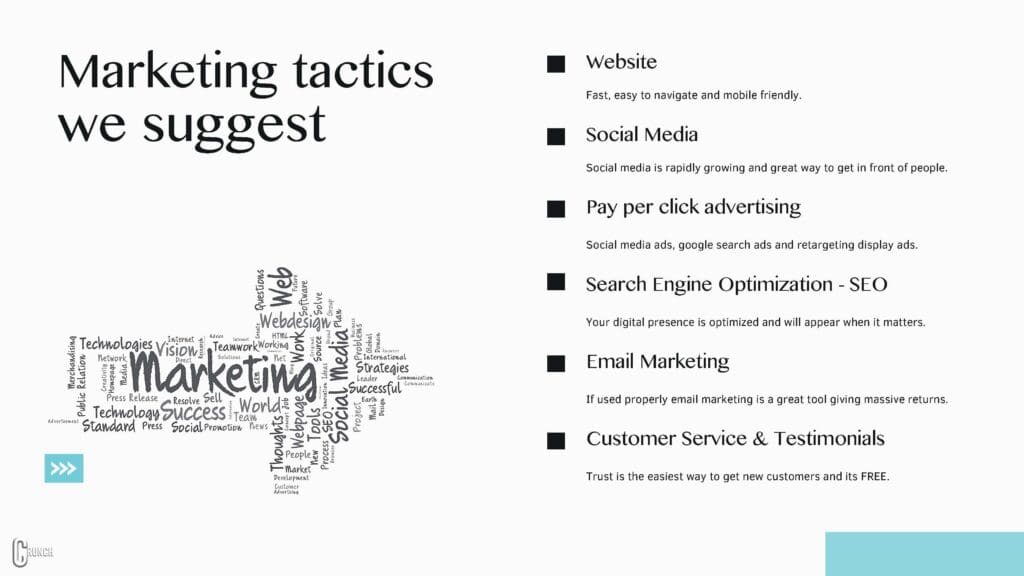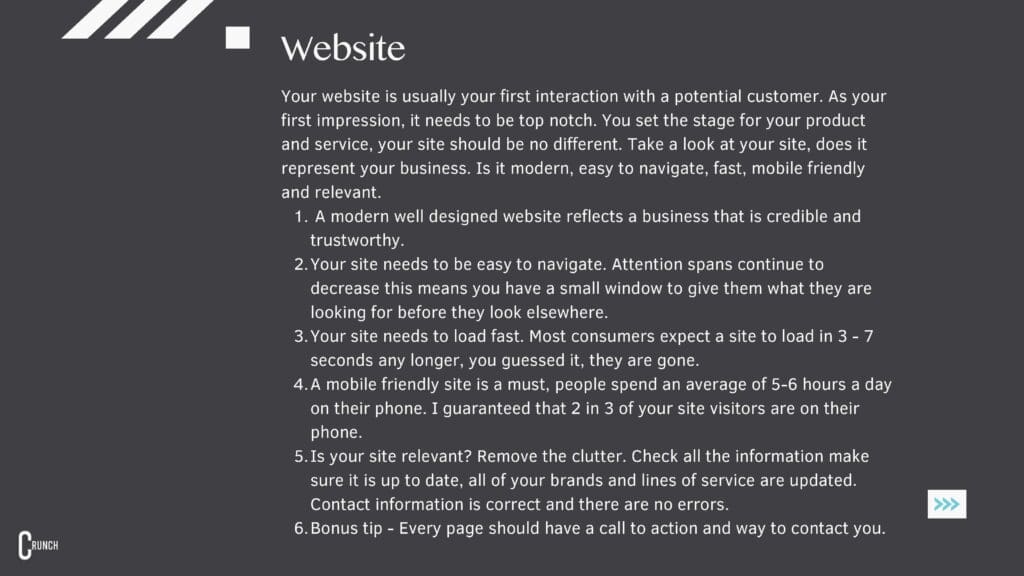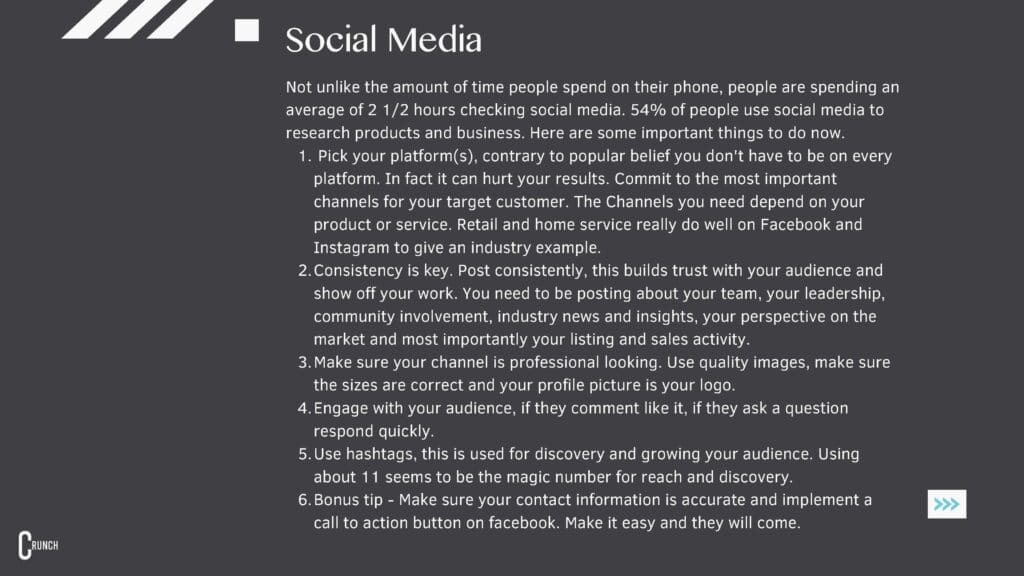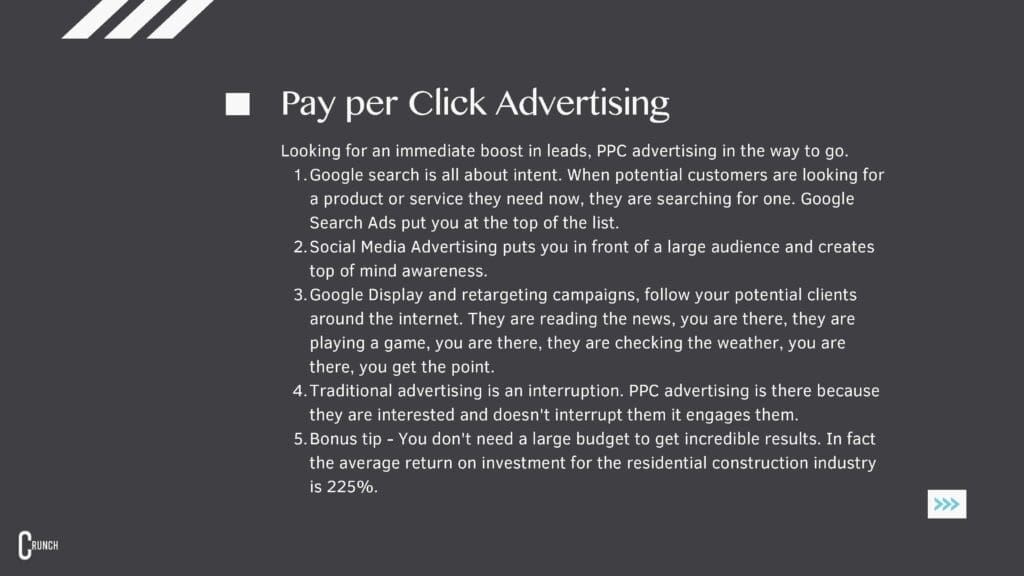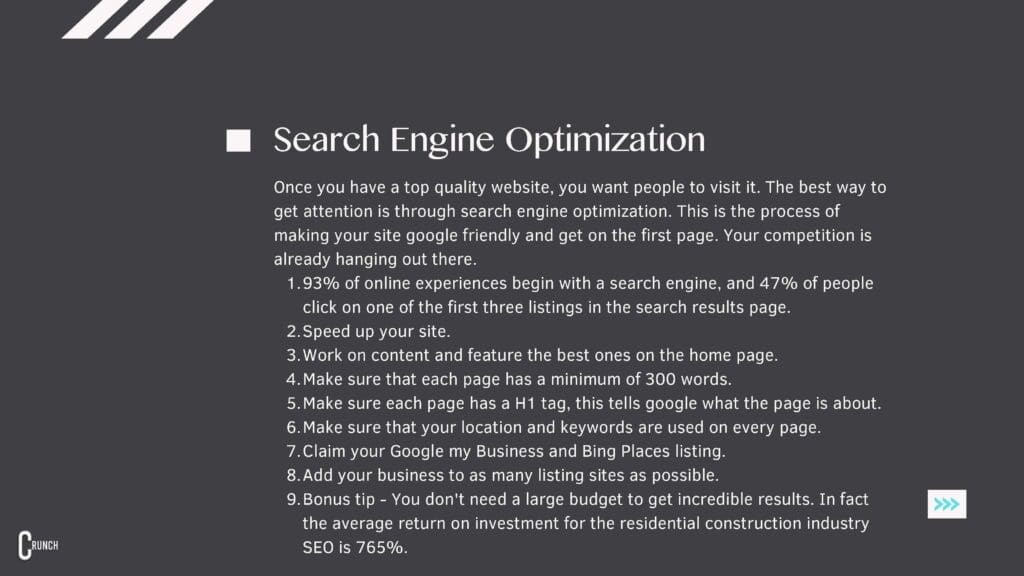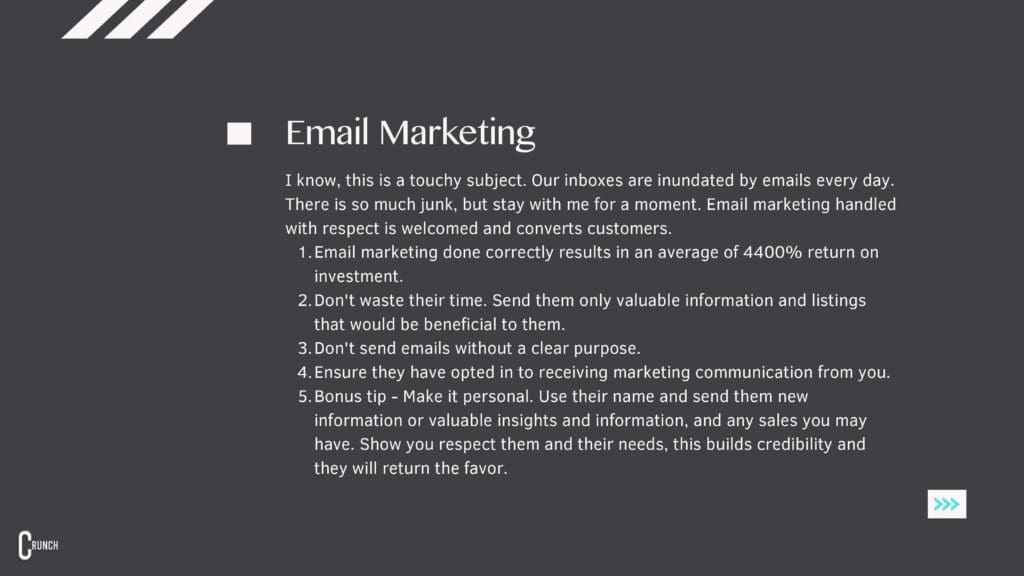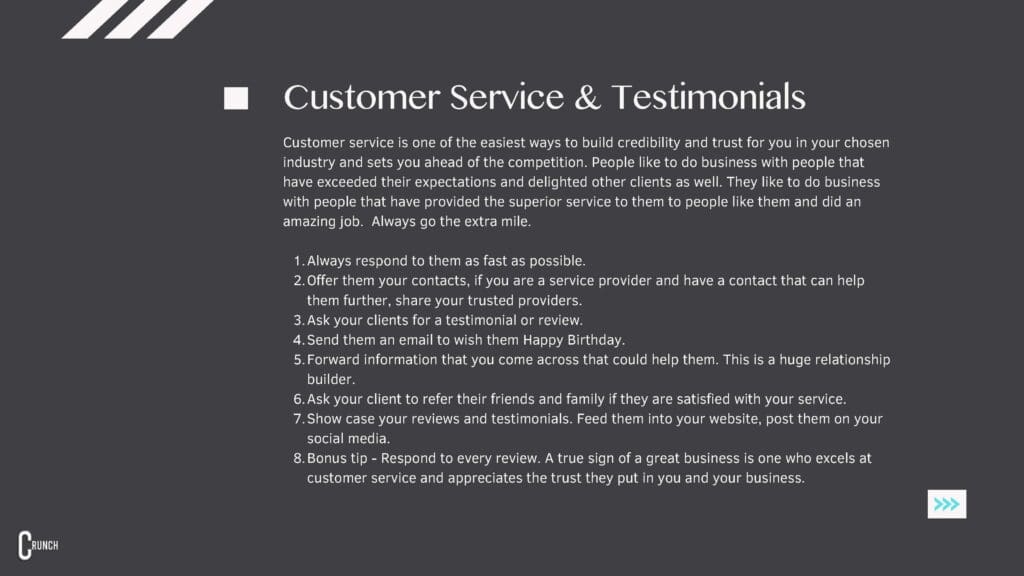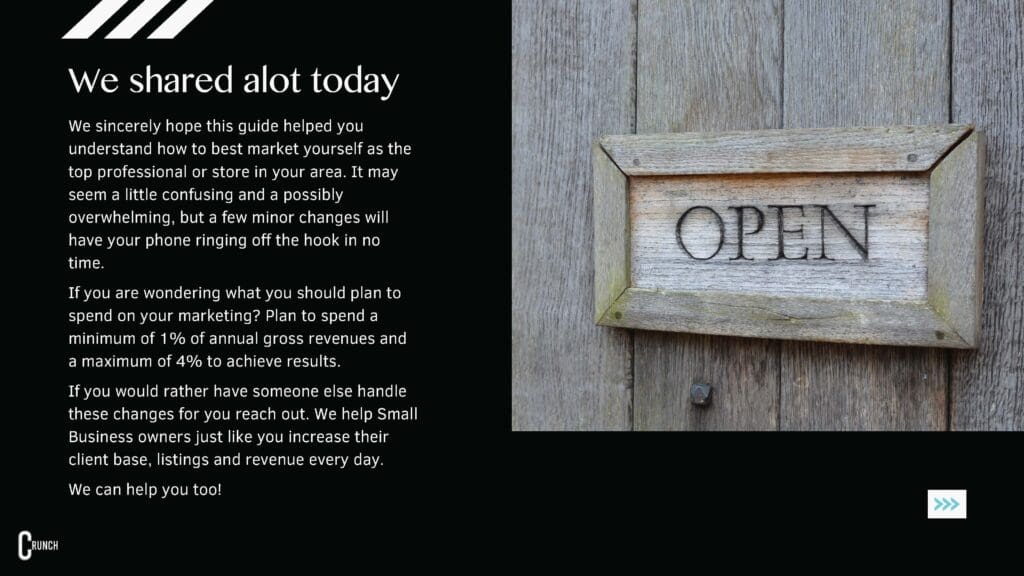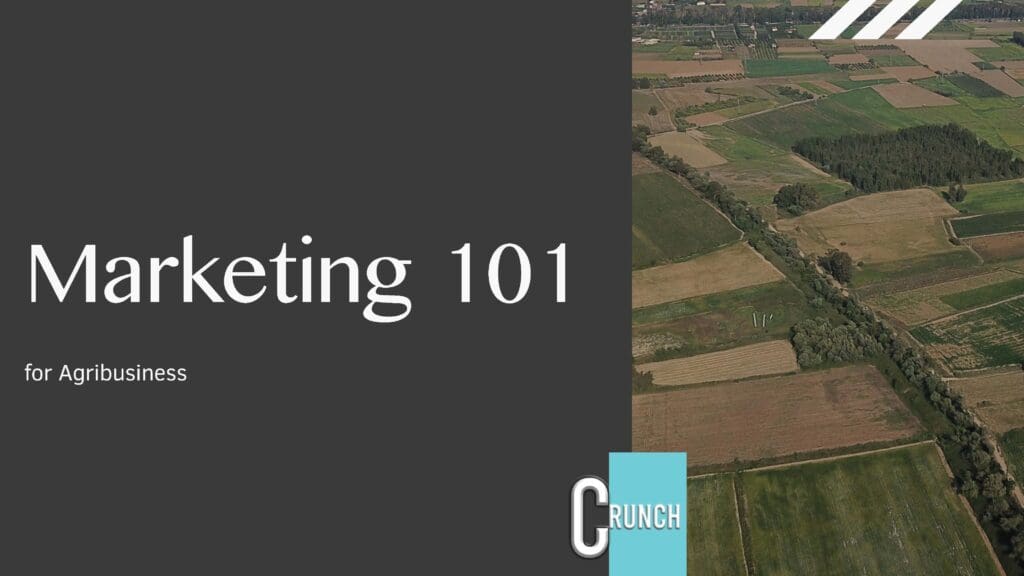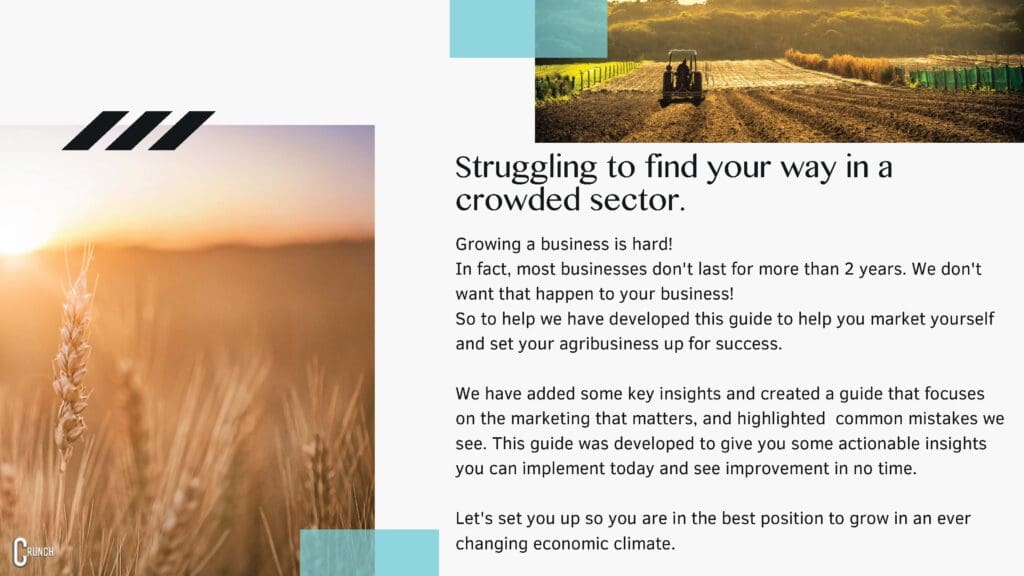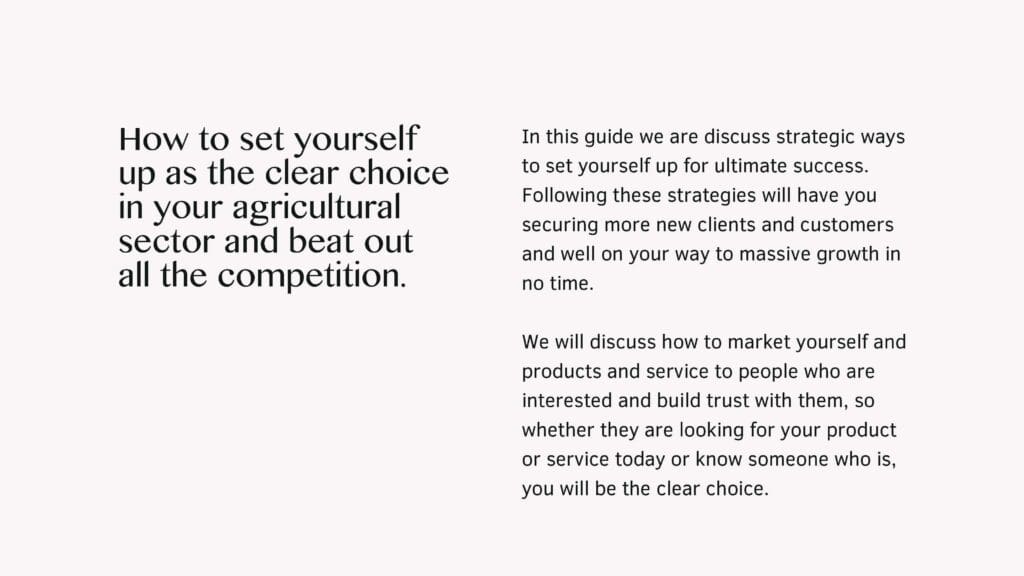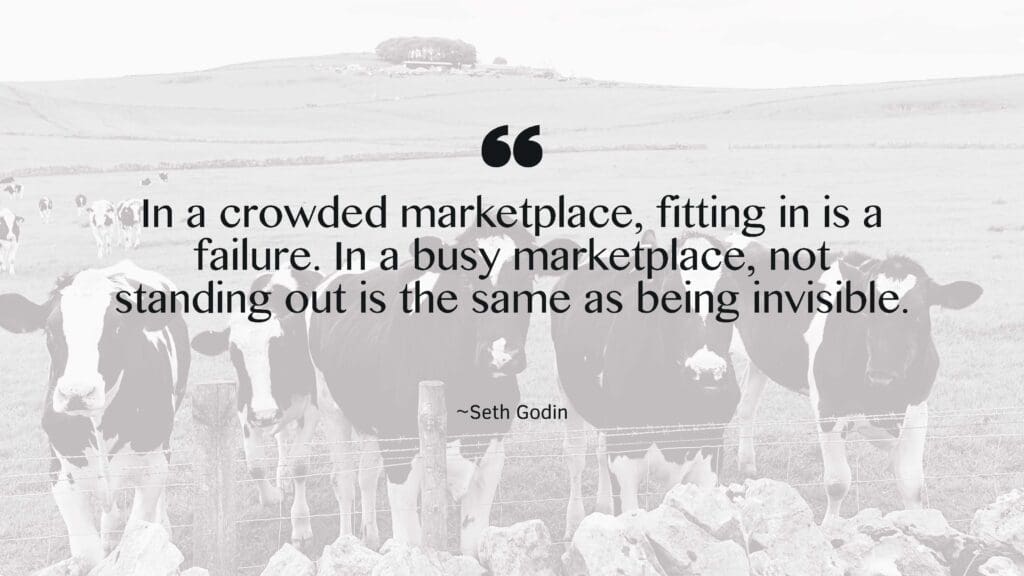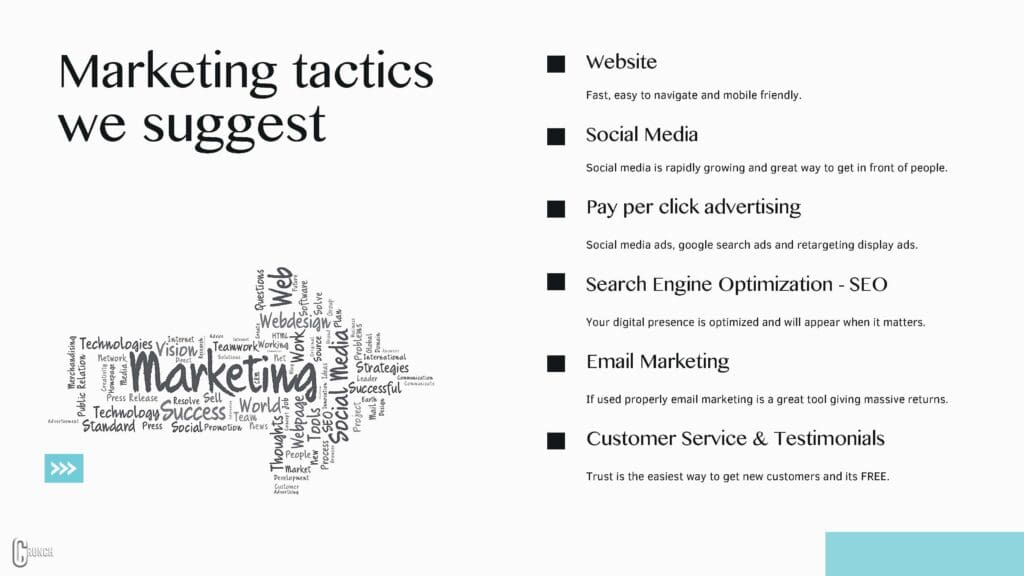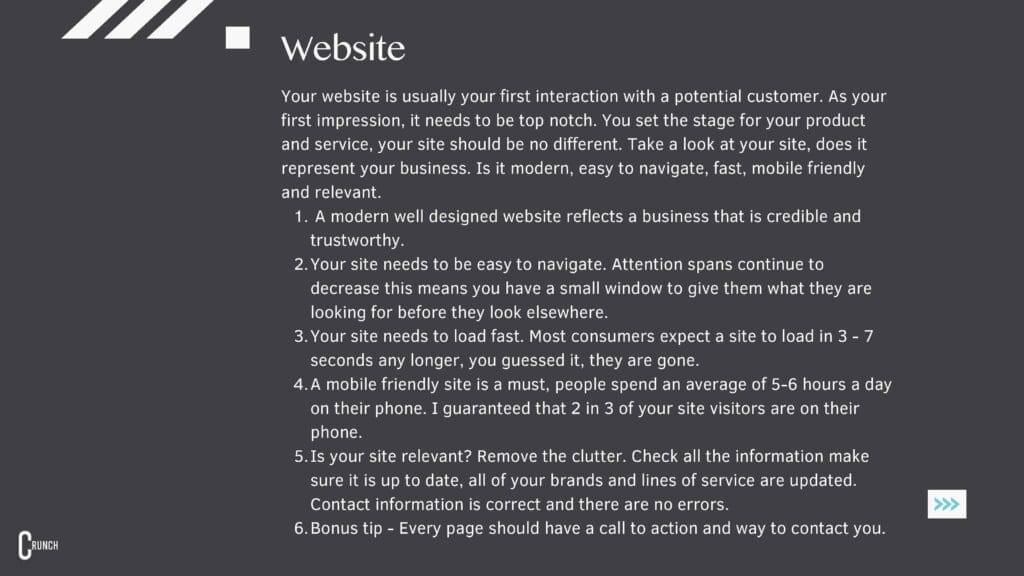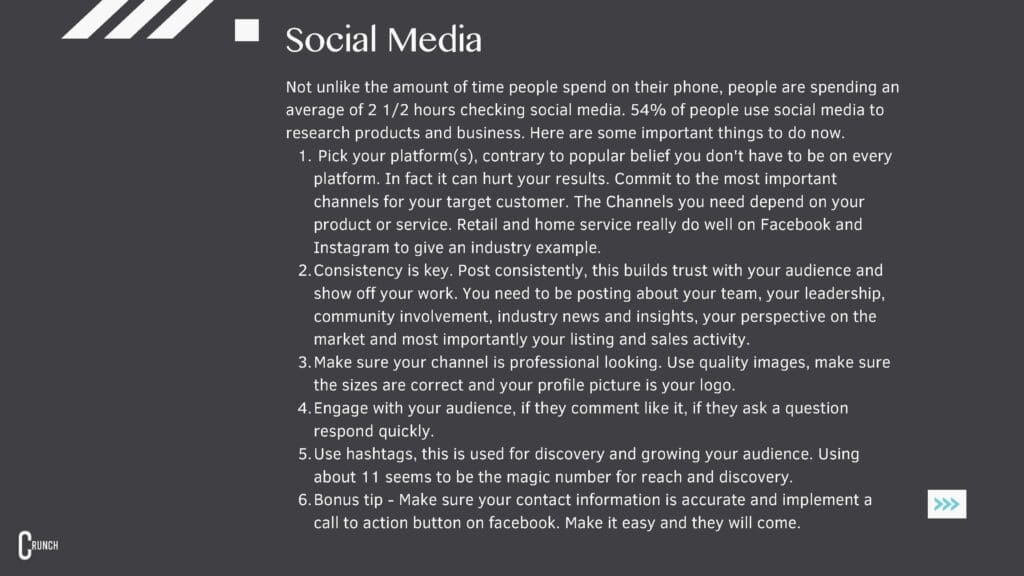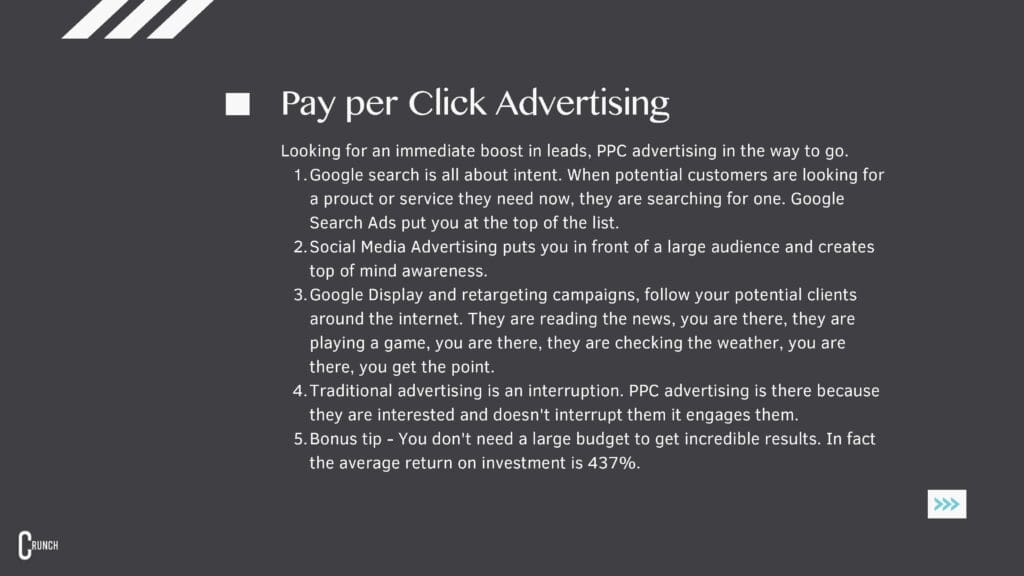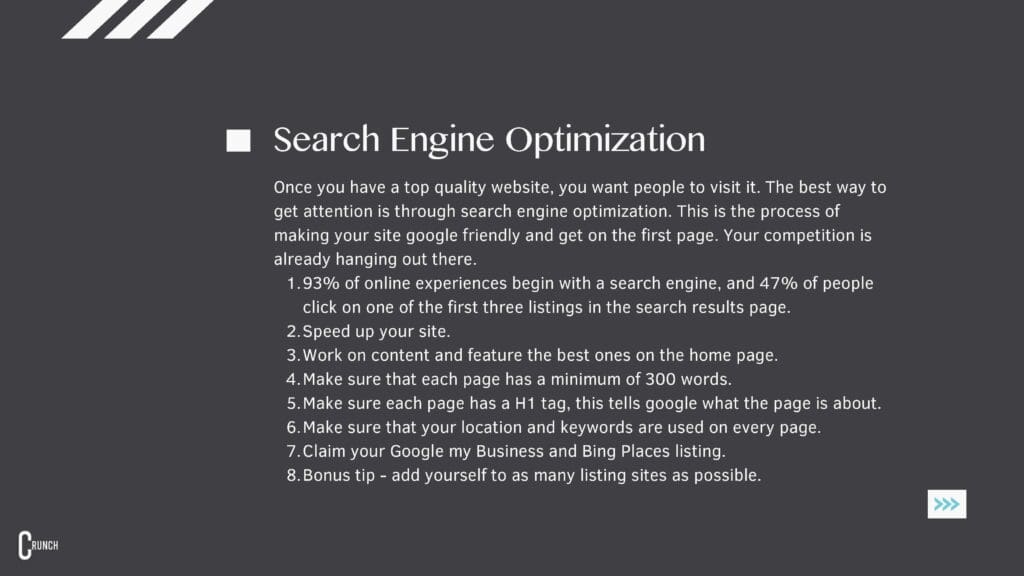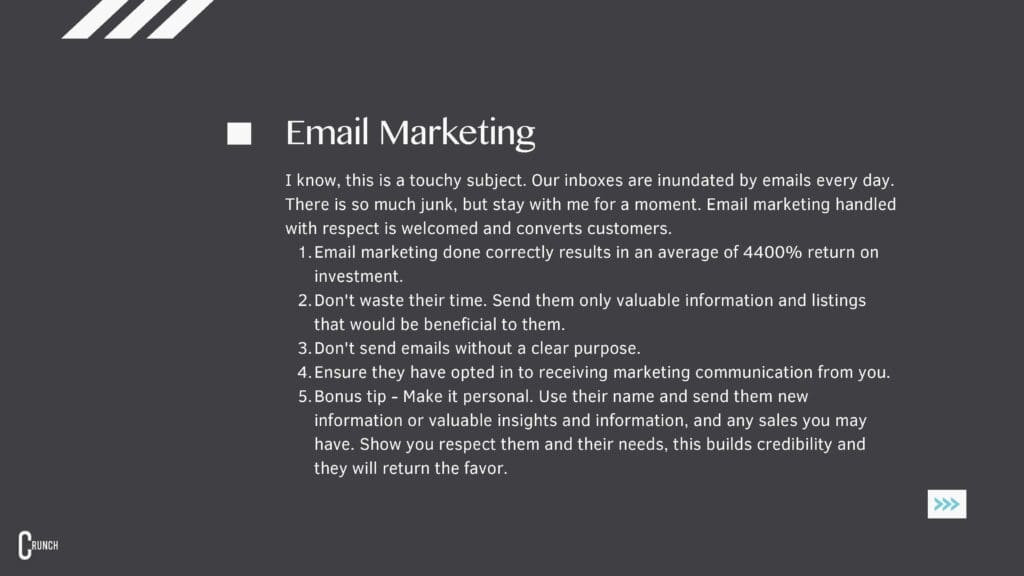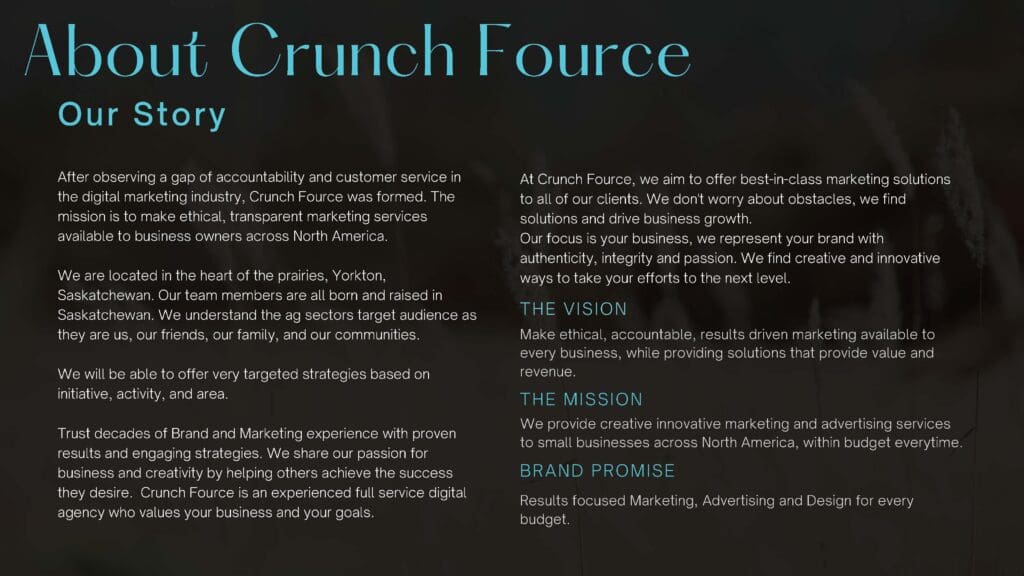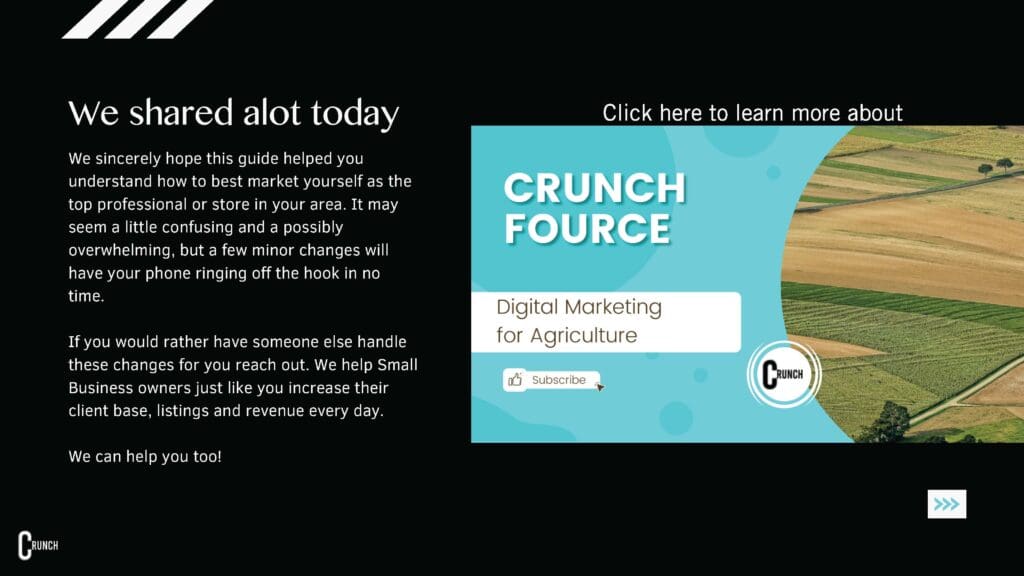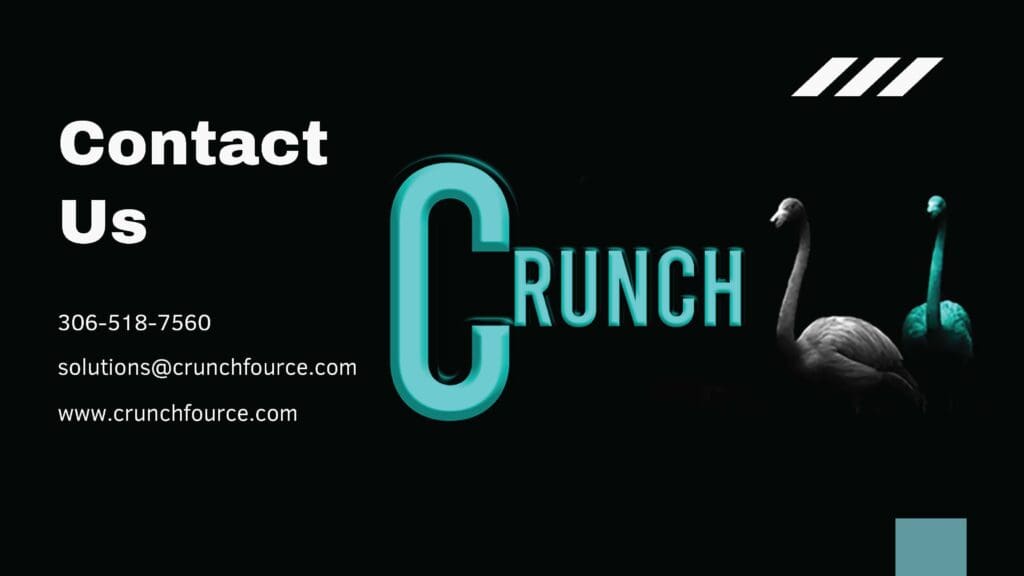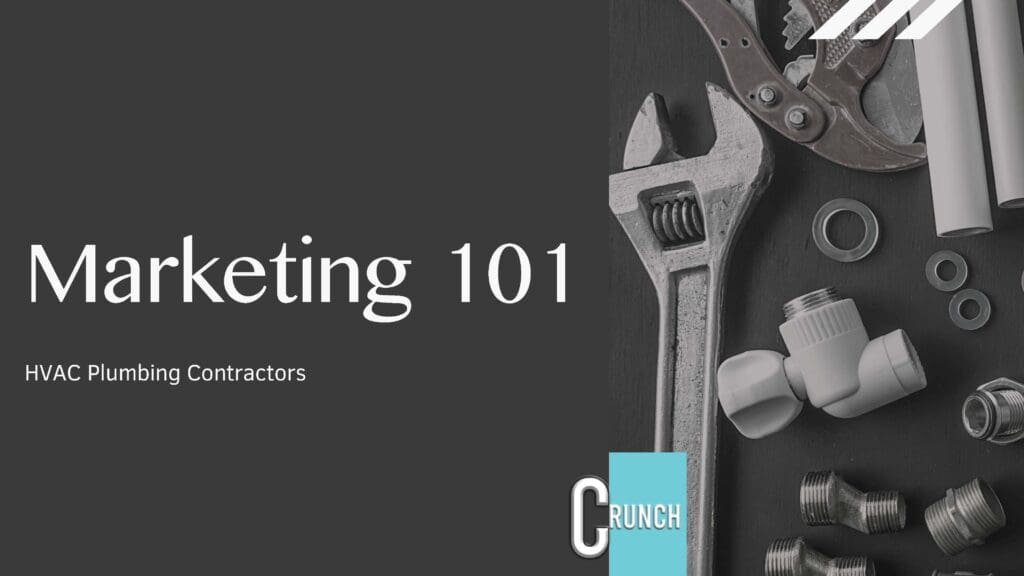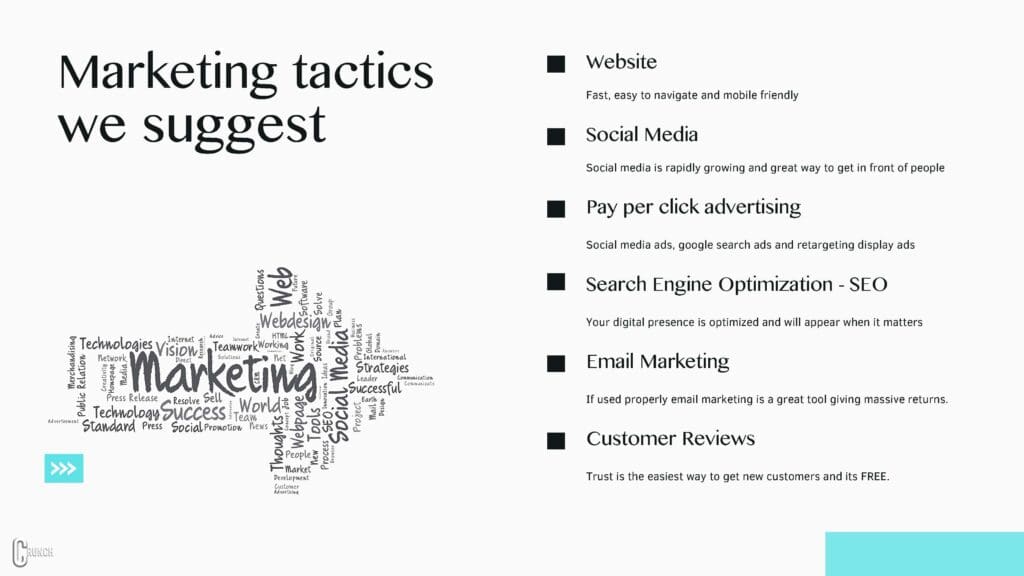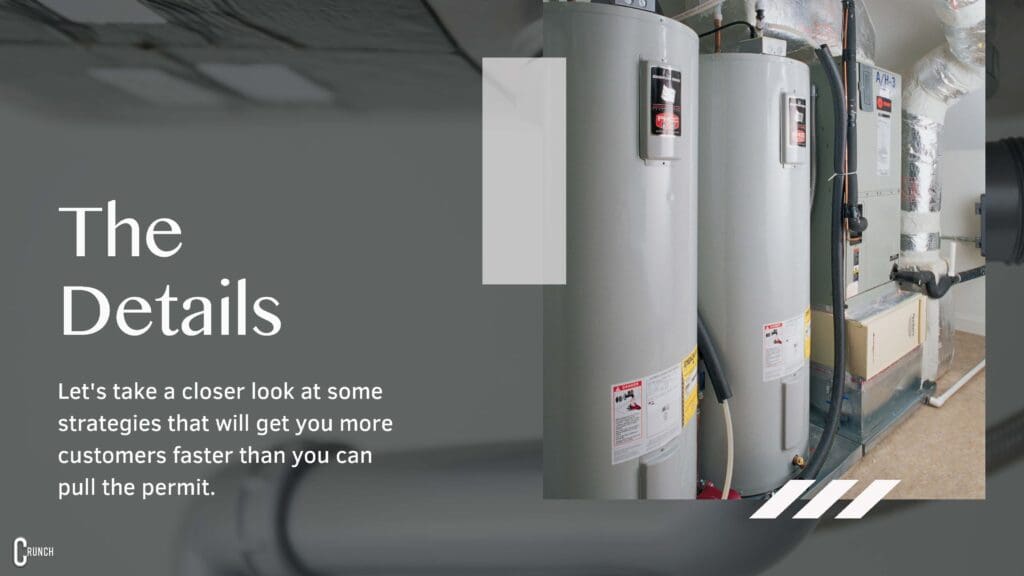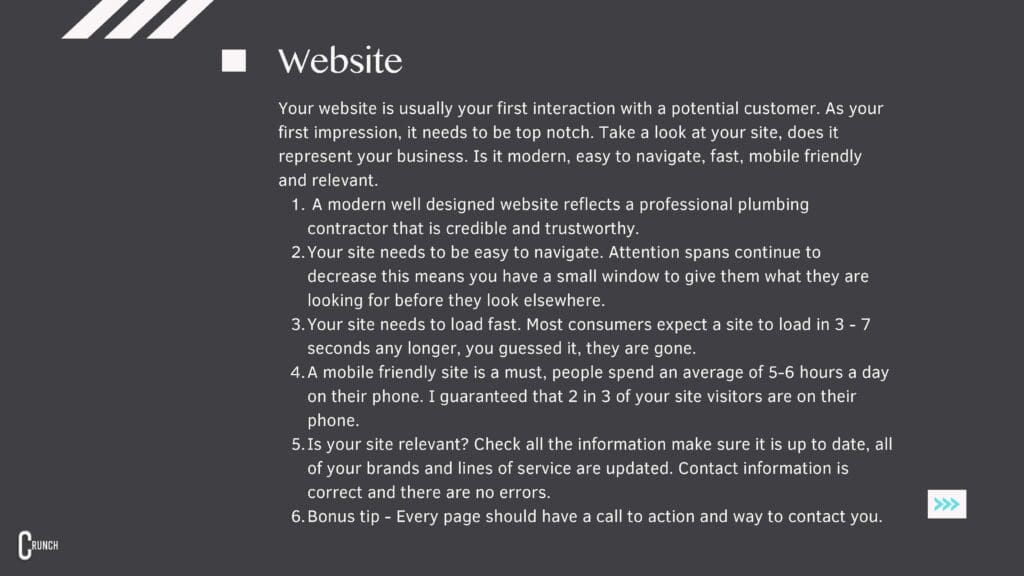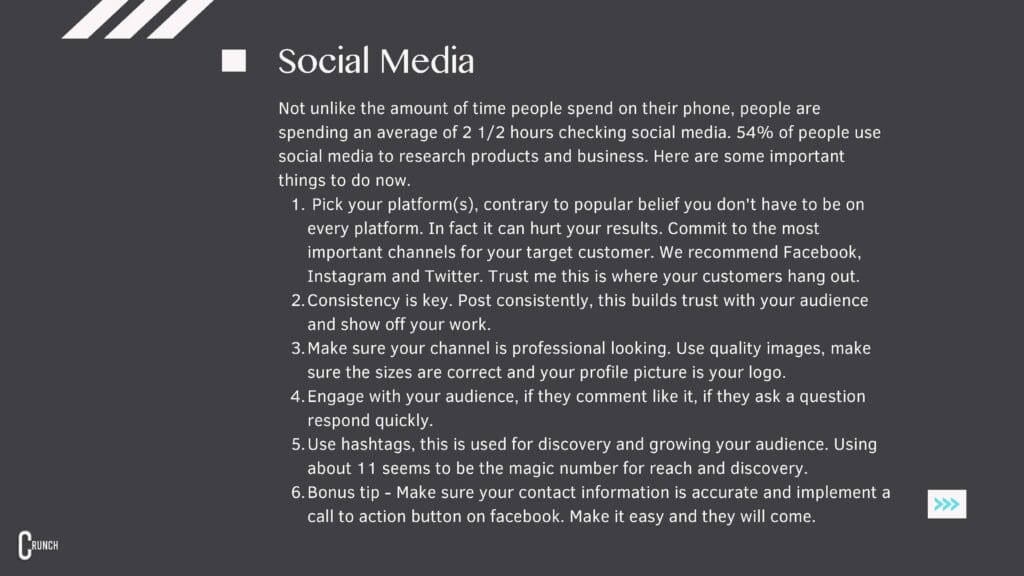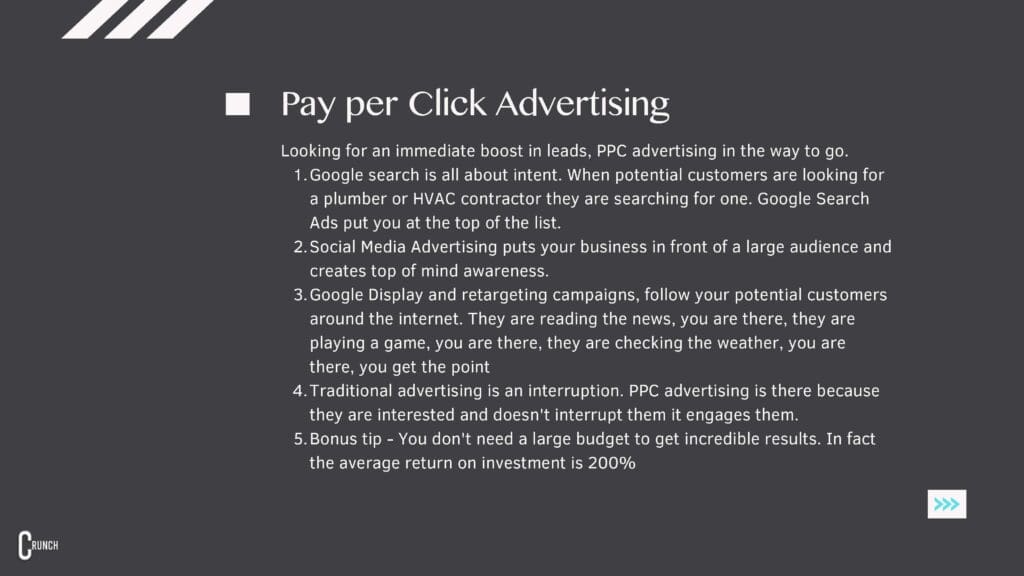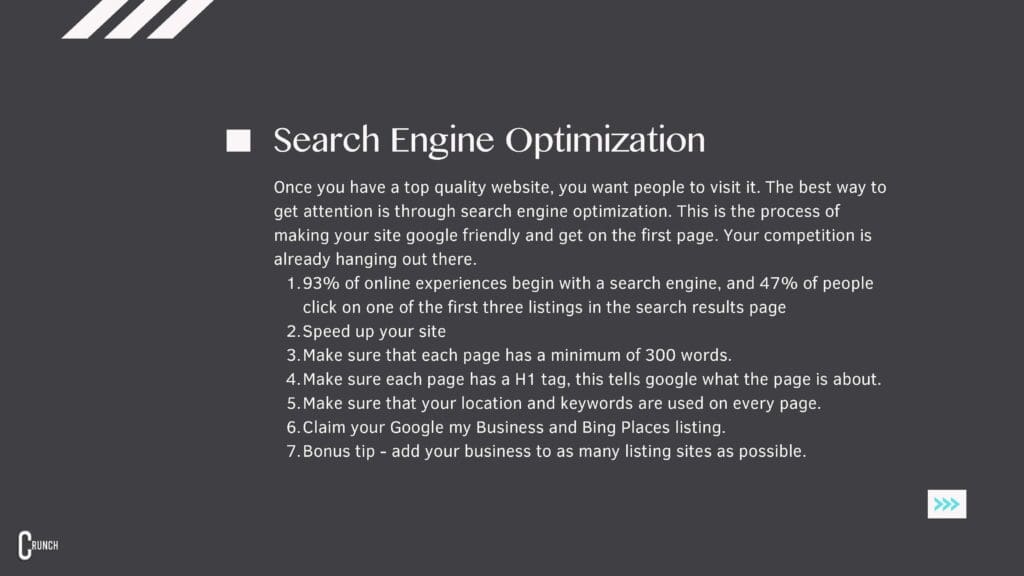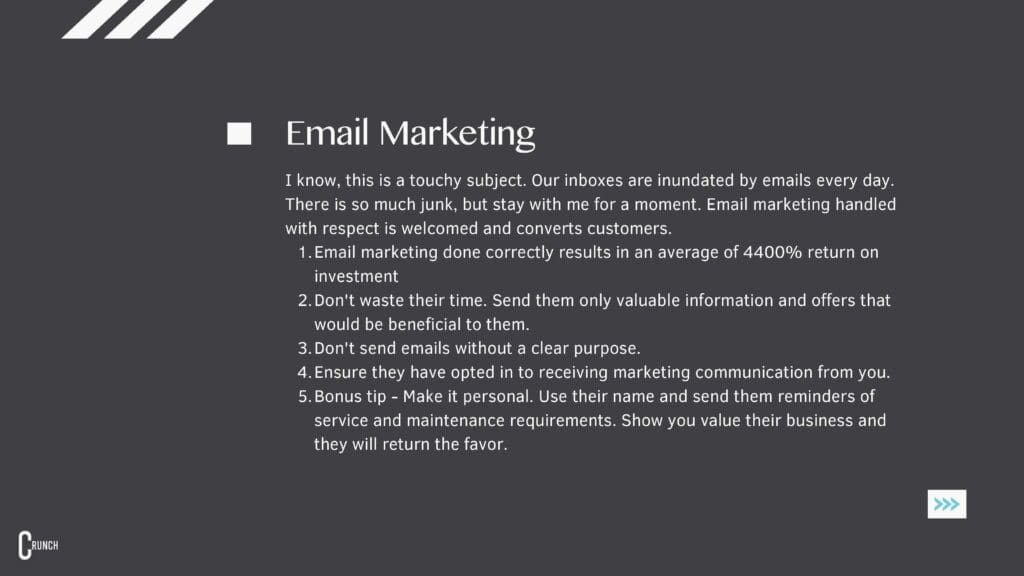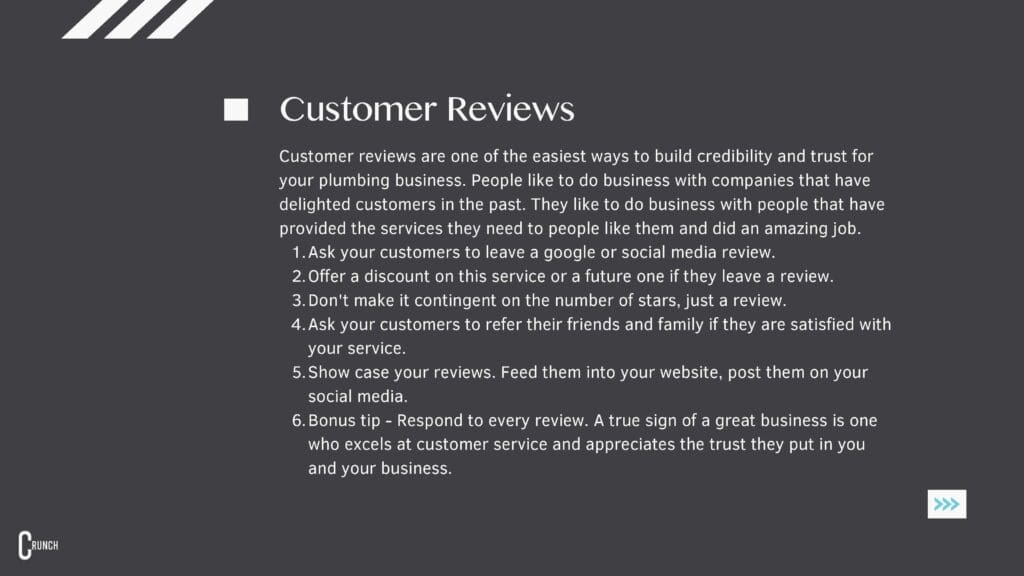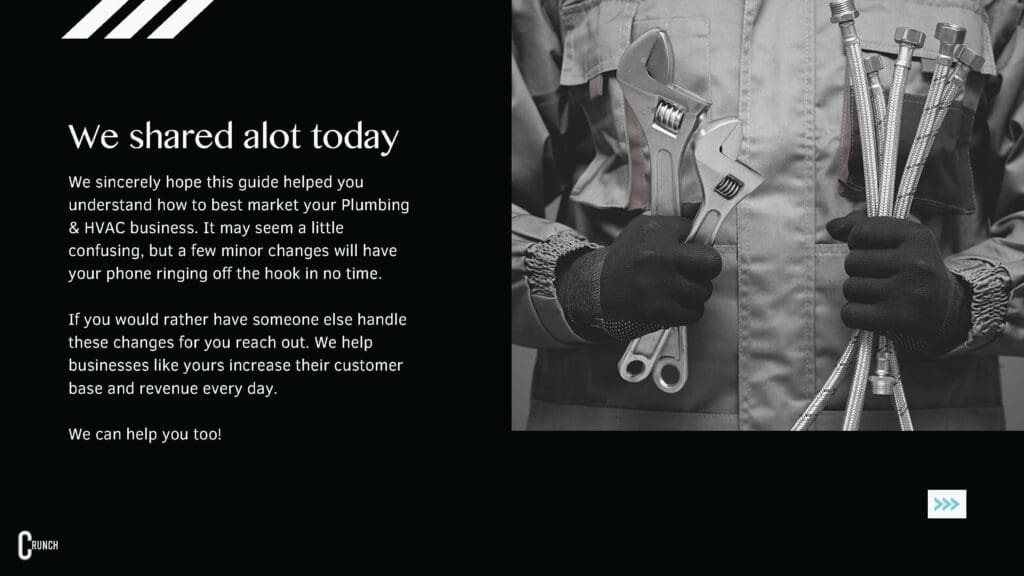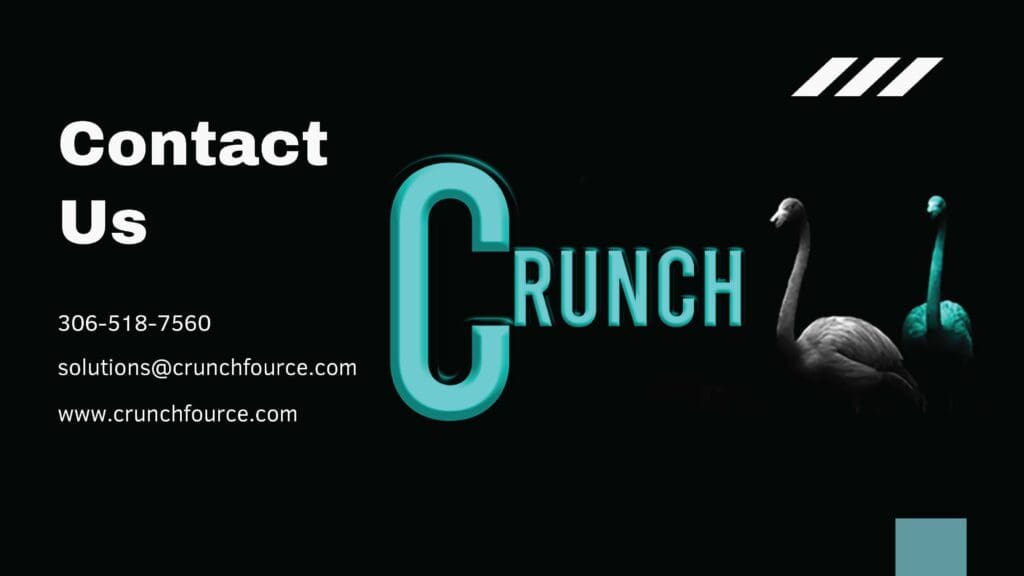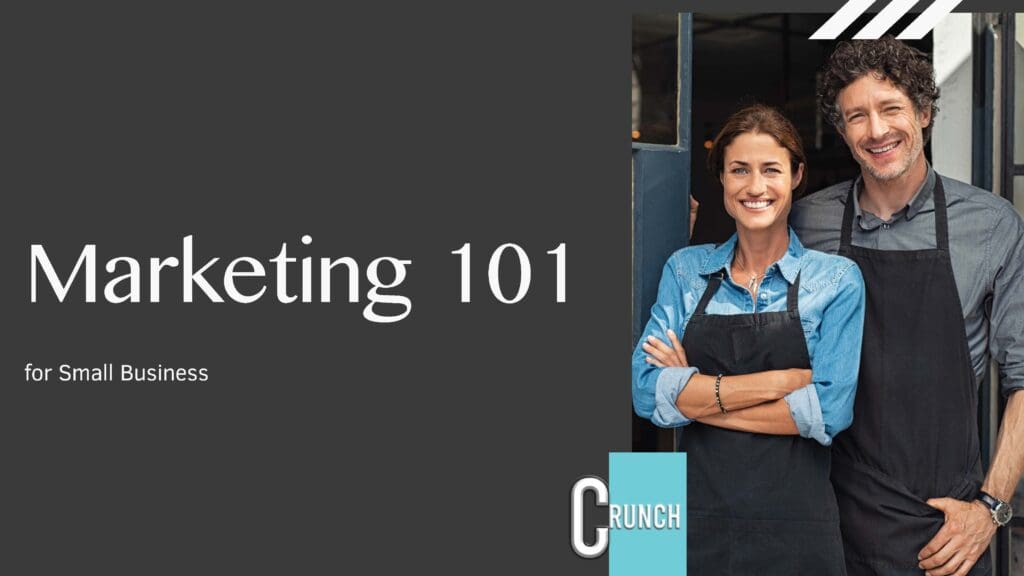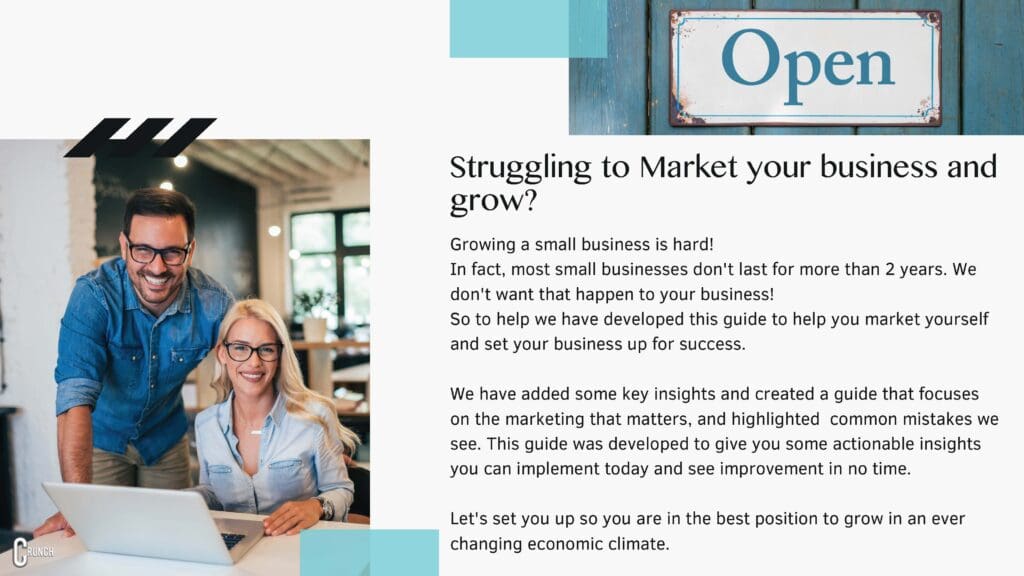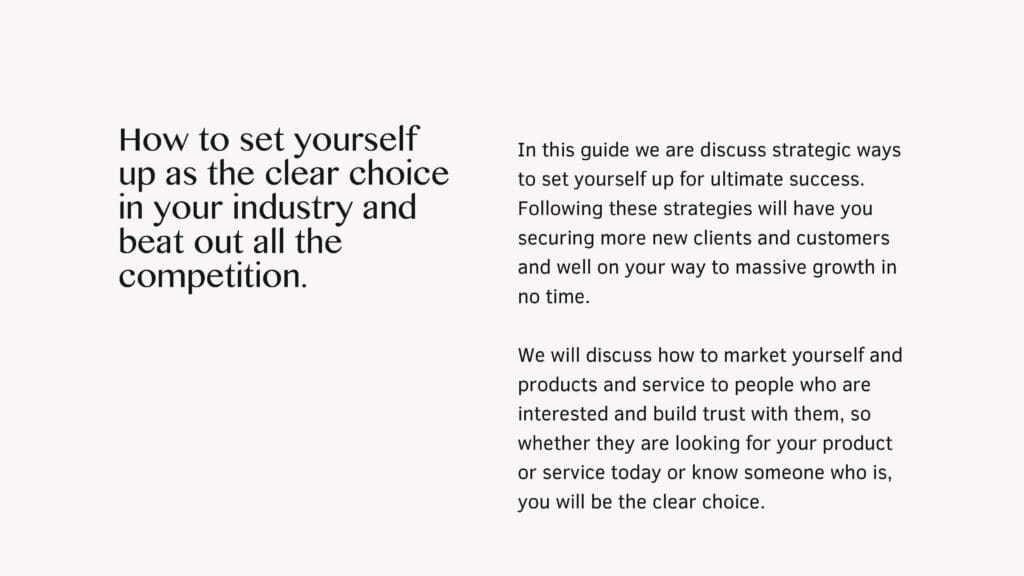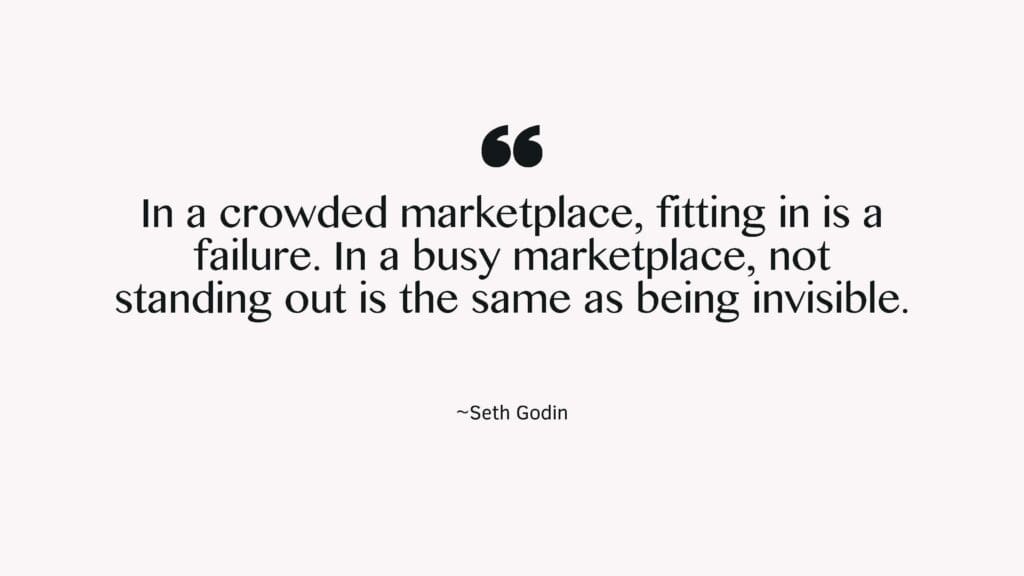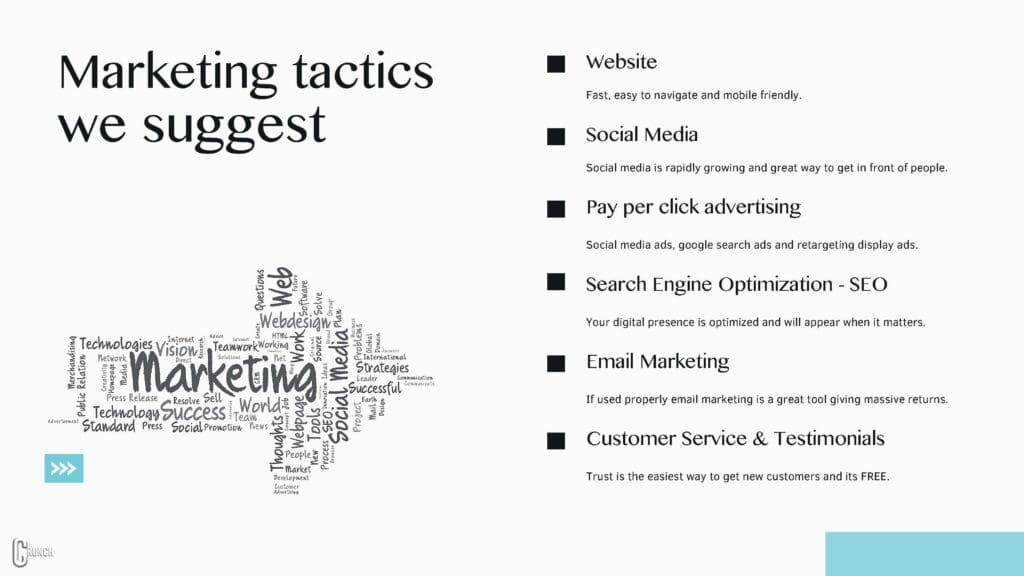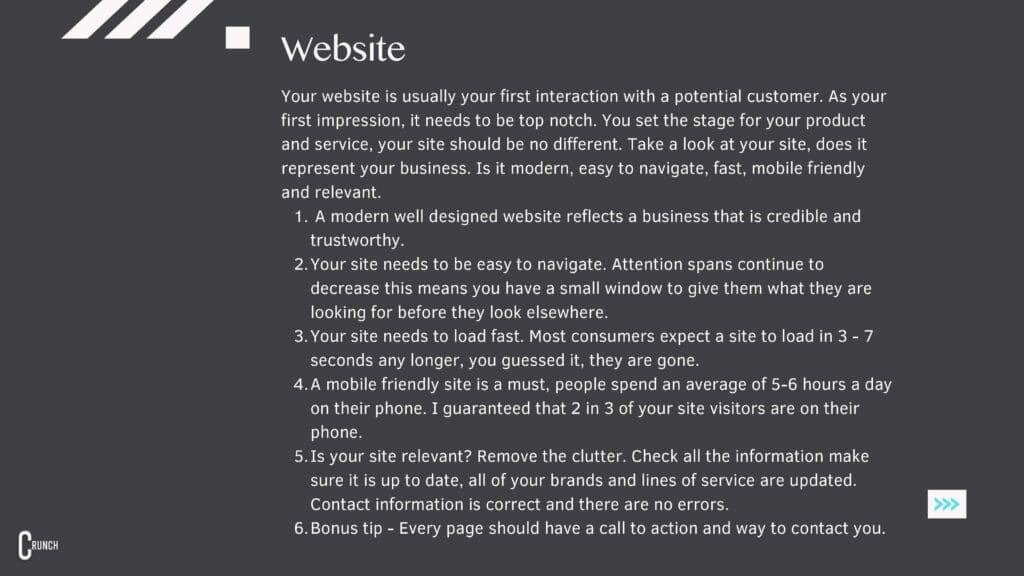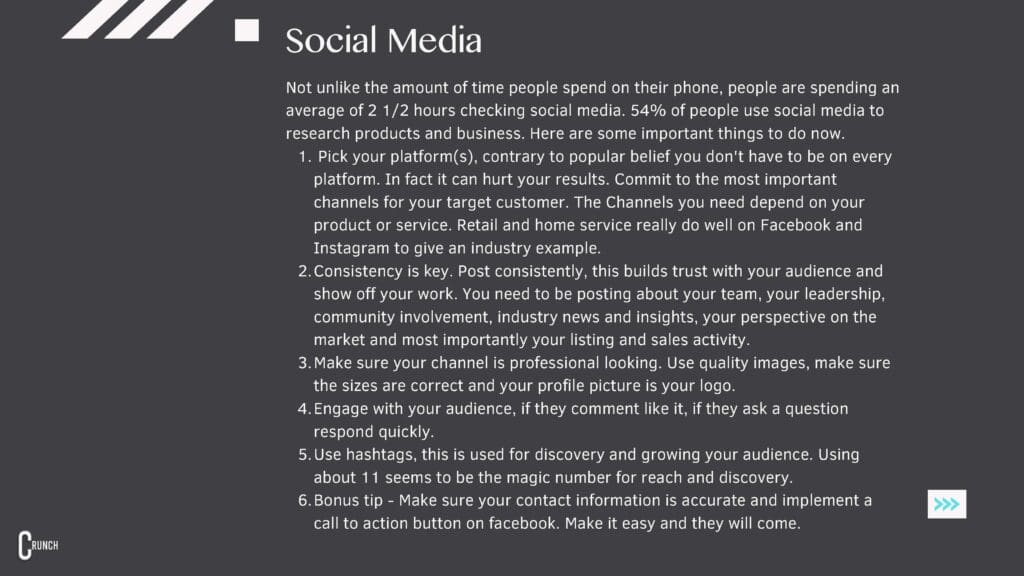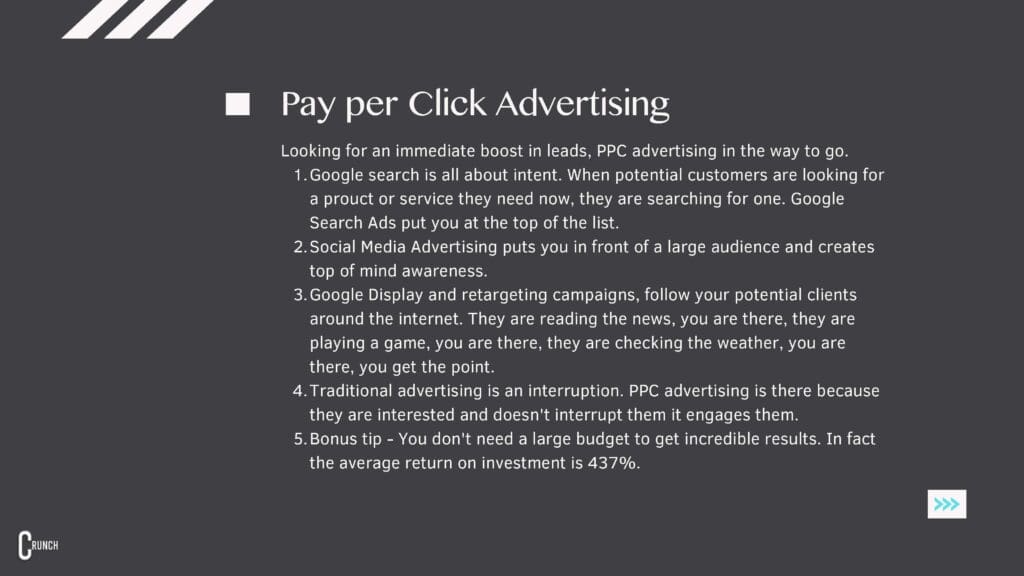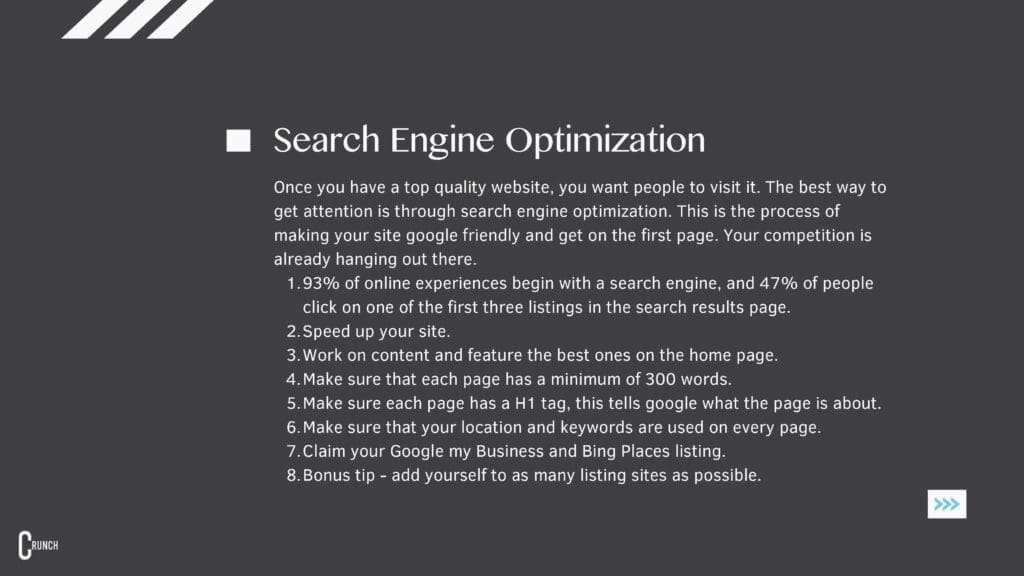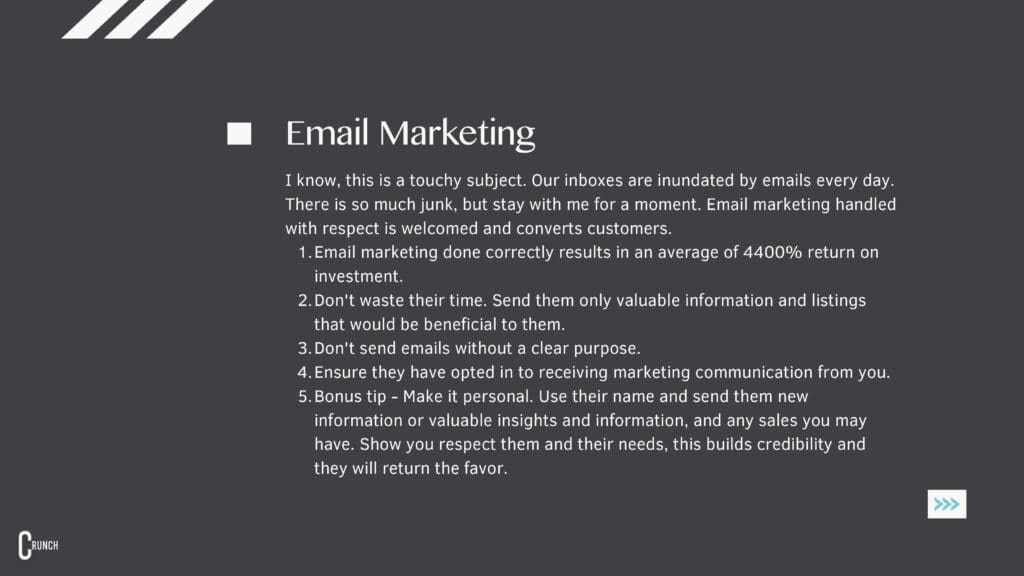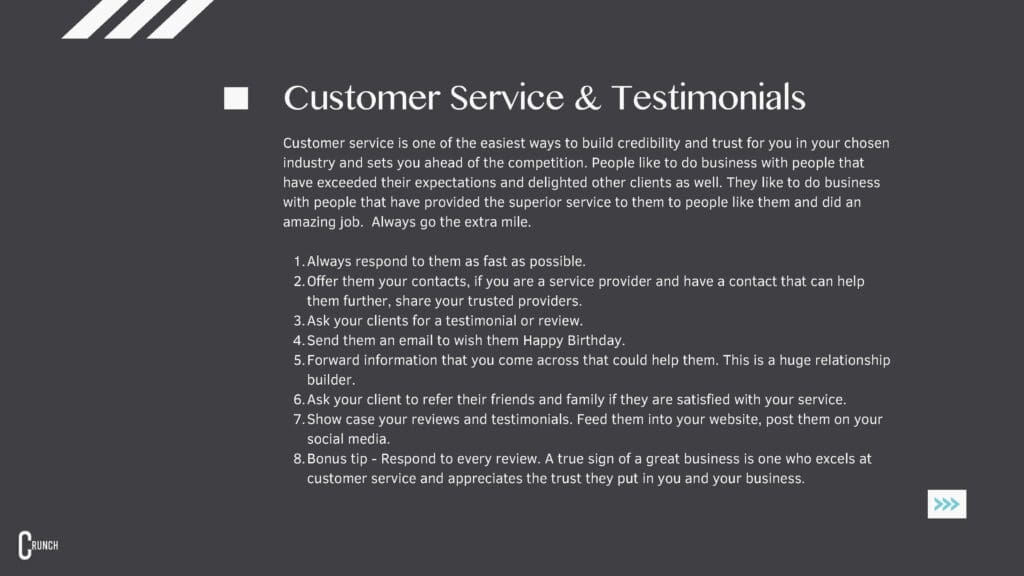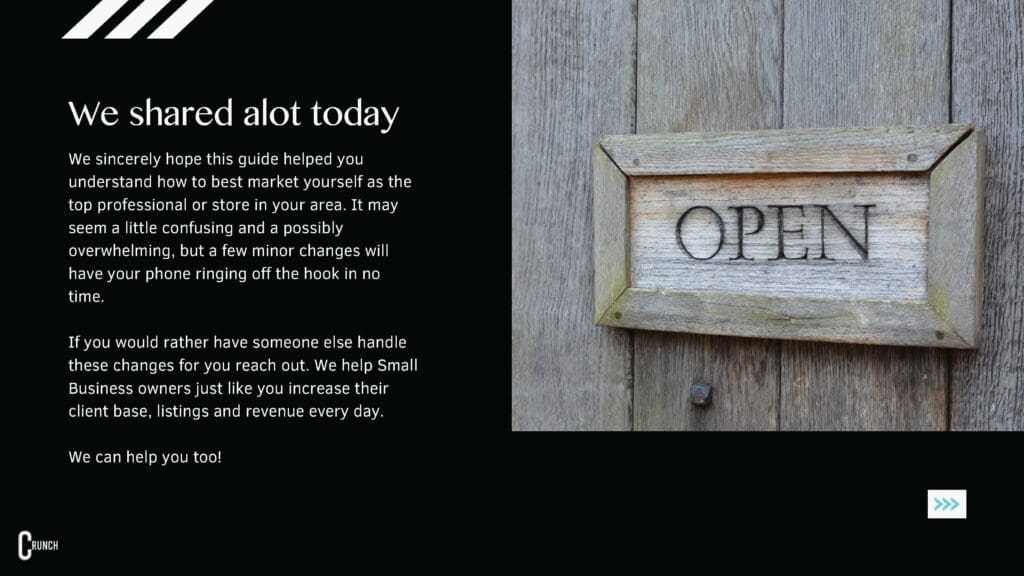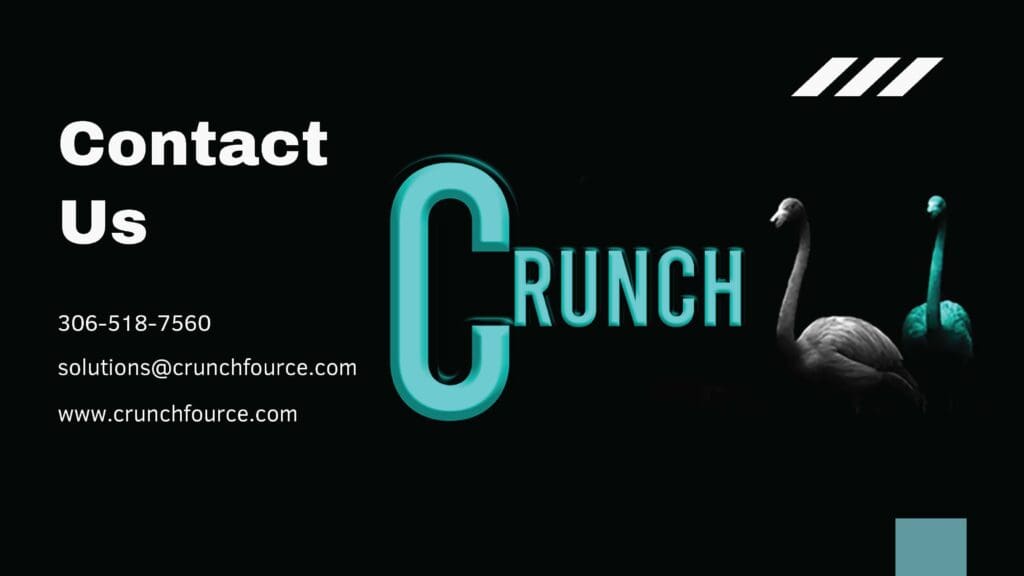It’s no secret that the way we market our businesses has changed dramatically over the last few years. Gone are the days of writing a press release and hoping that journalists will pick it up. Today, companies need to be more creative than ever if they want to stand out in an increasingly crowded marketplace. Here are some tips and tricks for marketing your business like a pro in 2023—and beyond!
SEO
SEO, or search engine optimization, is the process of optimizing your website for search engines. It involves creating content that includes specific keywords and phrases that users are likely to search for when looking for a product or service like yours.
A good way to do this is by focusing on long-tail keywords (i.e., ones with three words or more) instead of short ones like “business services” because there’s less competition for them and they’re easier for Google to rank highly in its results pages.
To optimize your content further include images, videos and other multimedia elements as much as possible. This helps it stand out from competitors’ sites and makes it easier for people who aren’t reading carefully, skimmers, to understand what you’re selling without having to read through everything word-by-word first. Let’s be honest there are a lot more skimmers out there than avid readers.
Try using LSI keywords in headlines and meta descriptions tags. LSI or Latent Semantic Indexing Keywords are keywords that are similar or related to your primary keywords. So if your primary keyword is Plumbing Services, LSI keywords would be sink repair, clogged toilet, drain snake, sewer drain etc. LSI keywords help Google knows what kind of information they will find on your page and ensure they are showing searchers relevant information.
Focus on long-tail keywords that are more specific than broad terms.
Long-tail keywords are more specific than broad terms because they contain more words. For example, if you’re a dentist and want to rank for “dentist,” then that’s a broad term and will be difficult to rank for because there are many other dentists who want that same keyword. But if your website is about cosmetic dentistry, then your long-tail keyword would be something like “cosmetic dentist in Toronto.” This is easier to rank for because there are fewer websites targeting this keyword and it has less competition. Plus, long-tail keywords tend to convert better as well because people searching with these terms are looking specifically for what you offer–and therefore more likely to buy from you!
This allows smaller businesses like yours to compete against big brands by bidding on highly targeted phrases such as “cosmetic surgery” rather than just broad terms like ‘surgery’ or even just ‘cosmetics’.
You need to create content that matches specific keywords or queries, but also includes images, videos, and other multimedia elements. This is a great way to keep people reading your blog posts or articles because they will want to see what you have in store for them next. The more information you give them in one place, the more likely they’ll be interested in finding out more about what else you have been up to lately.
This method works especially well when it comes time for someone who has never heard of any type of product before (or even if it’s something completely new) since this type of media can really help explain things better than just words alone ever could! For example: “How does this work?”
Content Marketing
Content marketing is a form of marketing that involves creating and distributing valuable, relevant and consistent content to attract and retain a clearly defined audience.
Content marketing can be used to build trust with your audience. Content marketing builds credibility by providing useful information, which helps you establish yourself as an expert in your field.
Interesting and relevant content drives traffic to your site or blog through search engine optimization (SEO) by optimizing each article for its target keywords so it appears higher on Google’s results page when people search those terms.
You need to create content that matches specific keywords or queries, but also includes images, videos, and other multimedia elements. This is a great way to keep people reading your blog posts or articles because they will want to see what you have in store for them next. The more information you give them in one place, the more likely they’ll be interested in finding out more about what else you have been up to lately.
Social Media Marketing
Social media is one of the best tools you can use to market your business. It’s cheap, easy and effective way to connect with customers.
Social media allows you to connect with potential customers in a way that was not previously possible. You can create an online community where people will feel comfortable asking questions and sharing feedback with you.
Social media provides an opportunity for brands to showcase their products or services in an interesting way that catches the attention of consumers who are looking for something new in their lives.
Pay Per Click (PPC) Advertising
PPC ads are best used to drive direct traffic to your website. Whether you choose search ads, display ads or social media ads, they can be targeted by region, interest and other demographics.
The main benefit of PPC is that it allows you to get instant results without having any experience in SEO or content marketing. Keep in mind you need to be careful how you set up your campaigns, you don’t want to waste dollars advertising to an audience that would never be interested in your products or services.
Be very thoughtful when setting up your campaigns, use wording that explains what you do, what your offer is and why you’re the best choice. Use captivating imagery and video. Ensure you include calls to action and that when clicked your ads redirect to information relevant to your ad.
Create landing pages
Now that you’ve set up your PPC campaign, it’s time to create landing pages that are optimized for the keywords you want to target with PPC ads.
Make sure your landing page is optimized for mobile: It’s important that any landing page be mobile-friendly so visitors can easily navigate through it on their devices.
Use a call-to-action that is clear and specific: A clear call-to-action will help guide potential customers towards acting on what they came there for in the first place–whether it be downloading an e-book or signing up for a demo–which increases conversion rates! Make sure there’s no room for confusion about what users should do next by providing them with specific steps they need in order to accomplish their goal(s).
Use relevant images and videos as support content: Content helps tell stories which can lead viewers down different paths depending on what they’re interested in learning more about or buying.
When creating your landing pages, keep the 5 P’s of Marketing and the Sale Funnel in mind. This will help you create a landing page that is perfect for conversions.
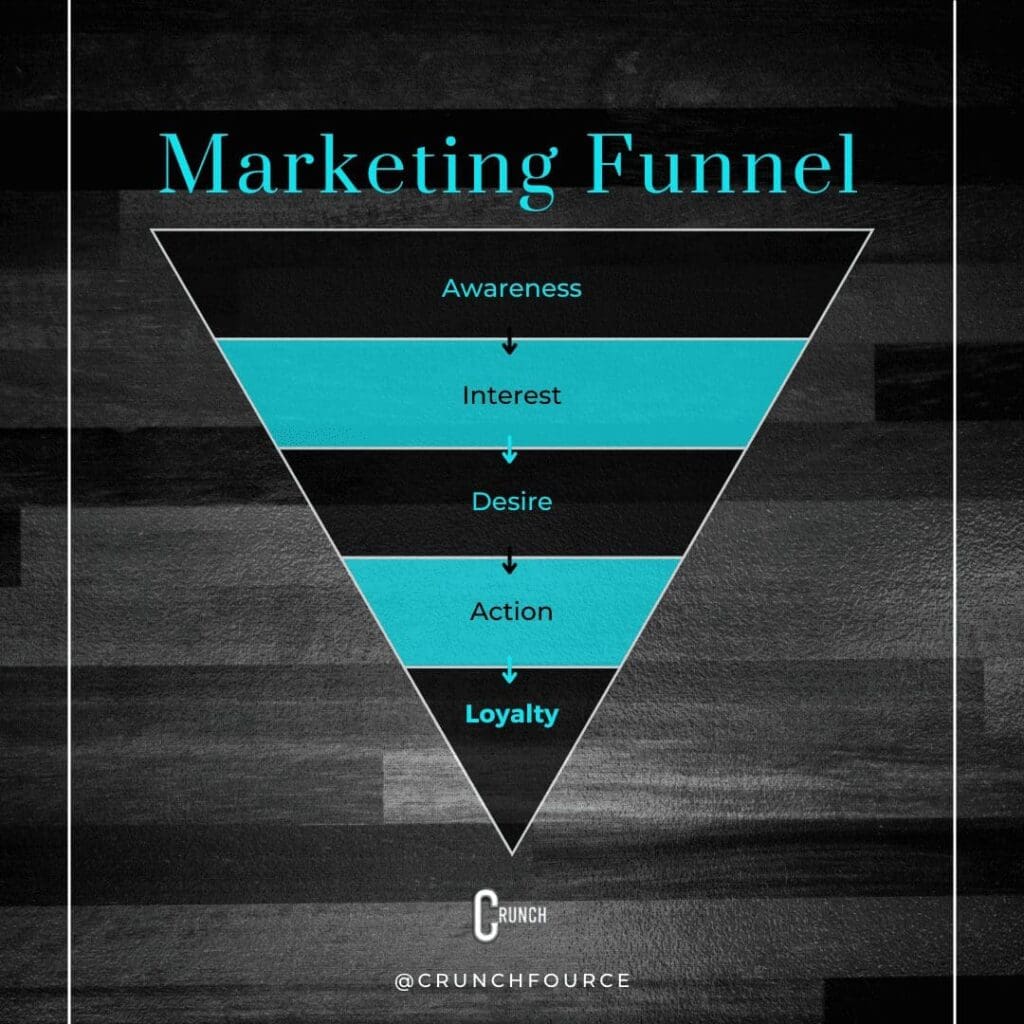
And this is it! We hope that you found these tips helpful and have learned something new about marketing your business. Remember: the most important thing is to keep trying new things until one works for you. Don’t be afraid to experiment with different strategies or ideas–and if they don’t work out, try again!
If you would like some help with your marketing Reach Out! We help small businesses just like yours get new customers every day and you could be next. If you would like to keep going on your own head over to our Content Hub, you will find tons of information to make your journey so much easier.
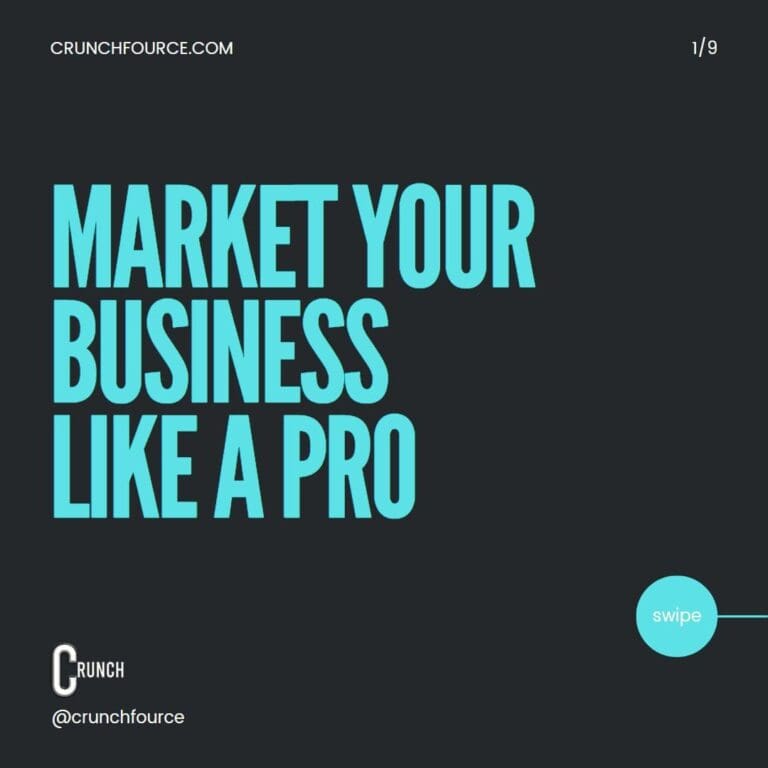
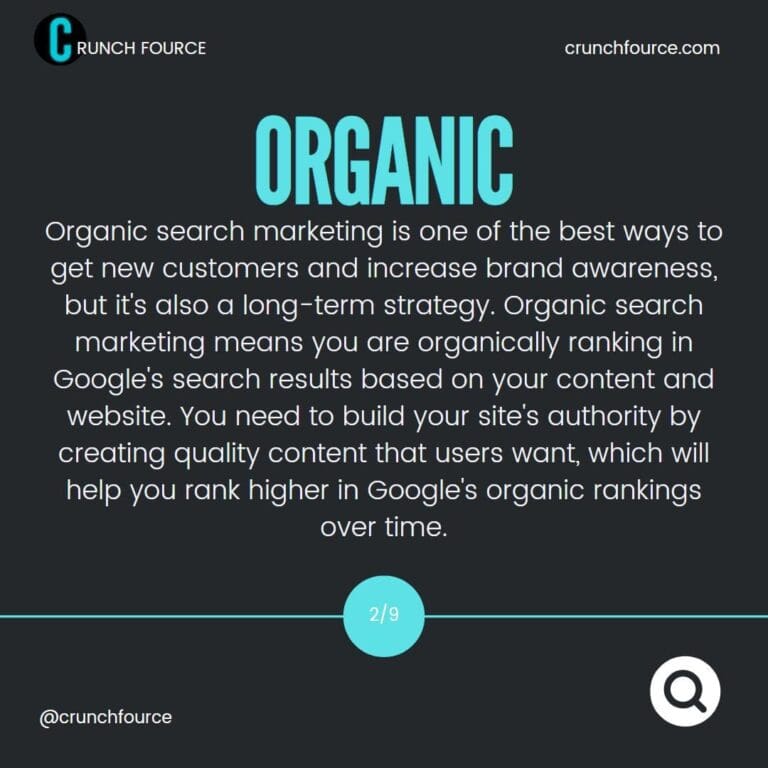
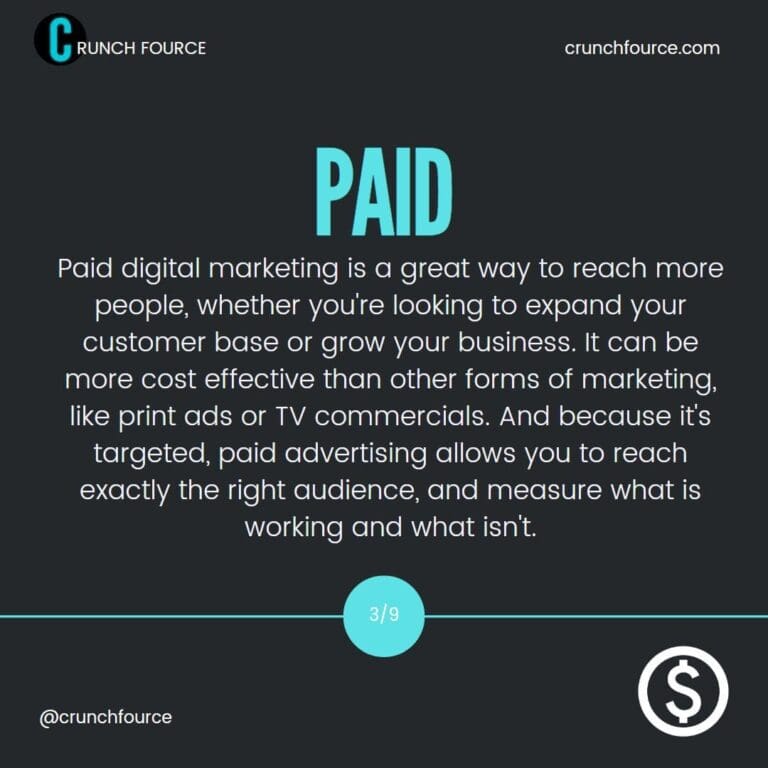
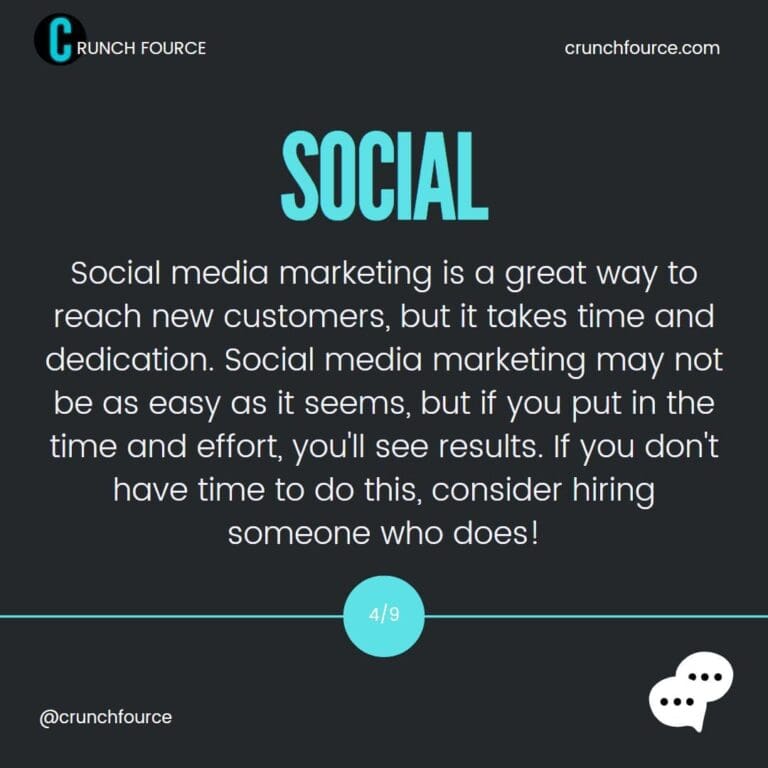
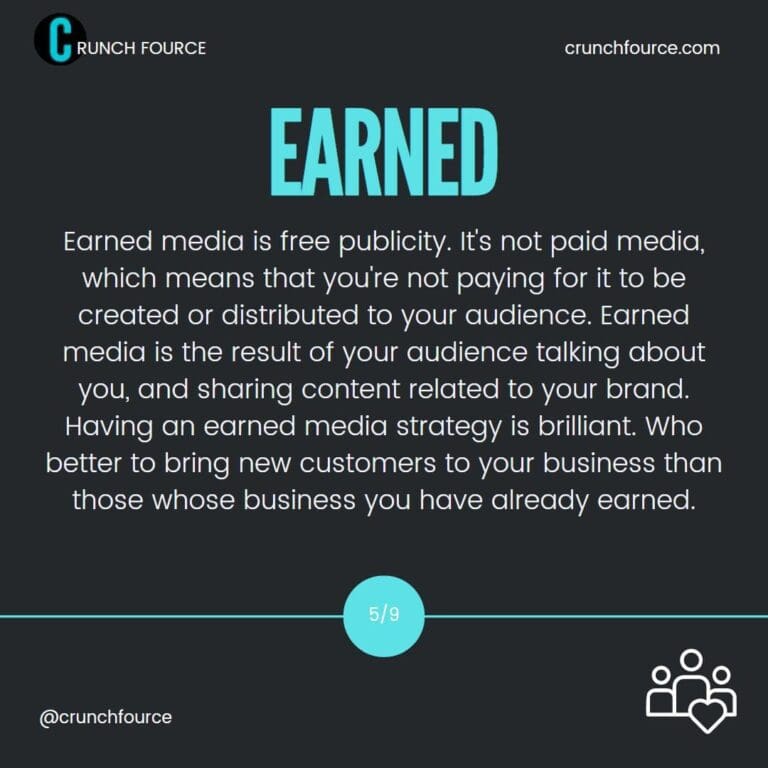
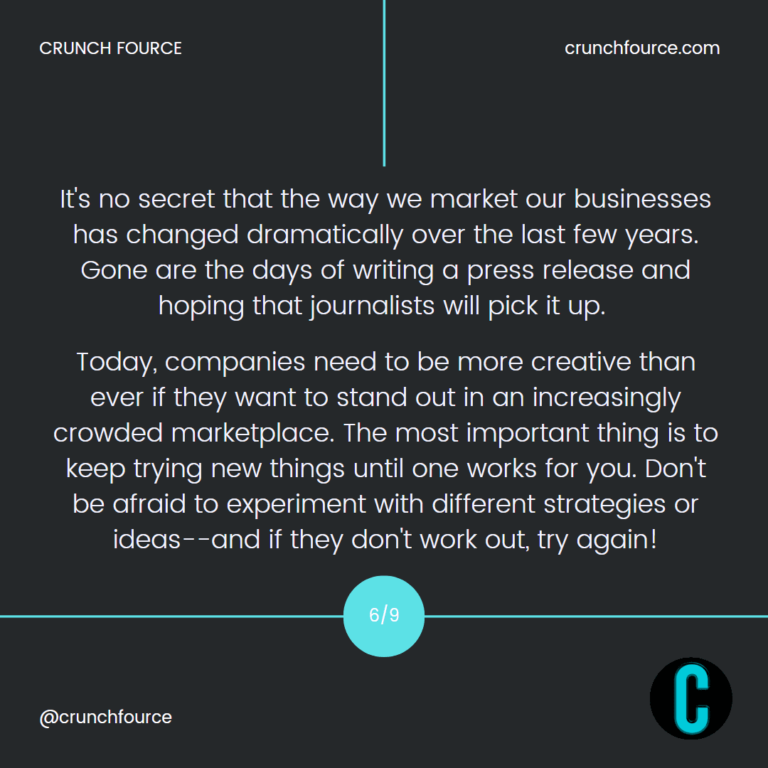
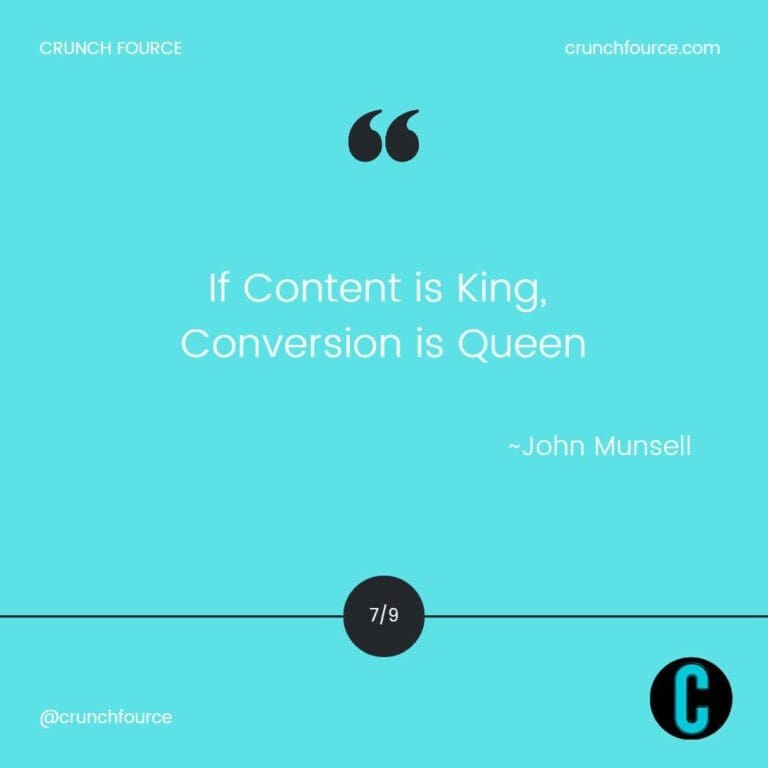
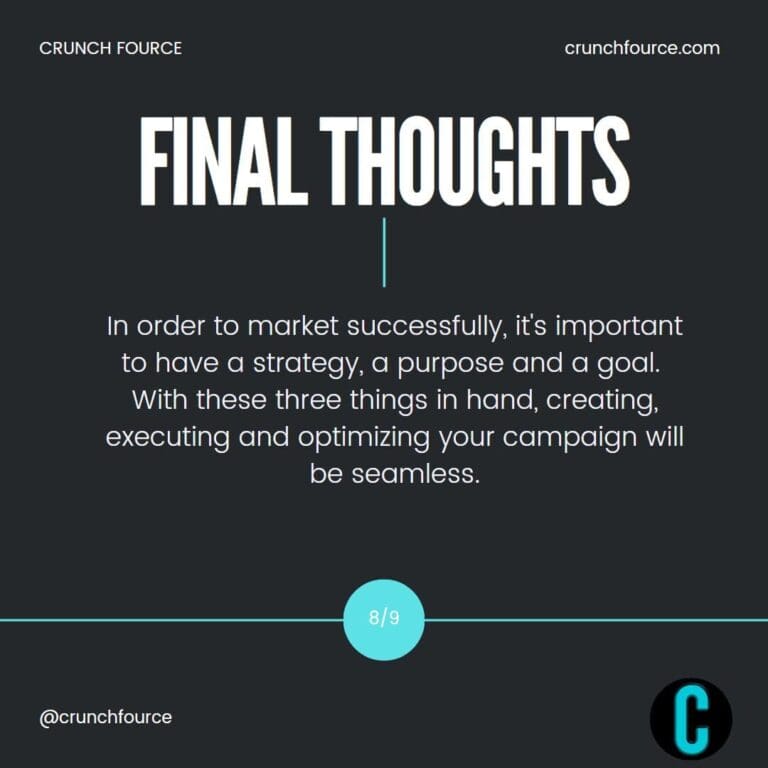
If you would like to learn more,
grab your copy of our SEO Guide for Local Business.
